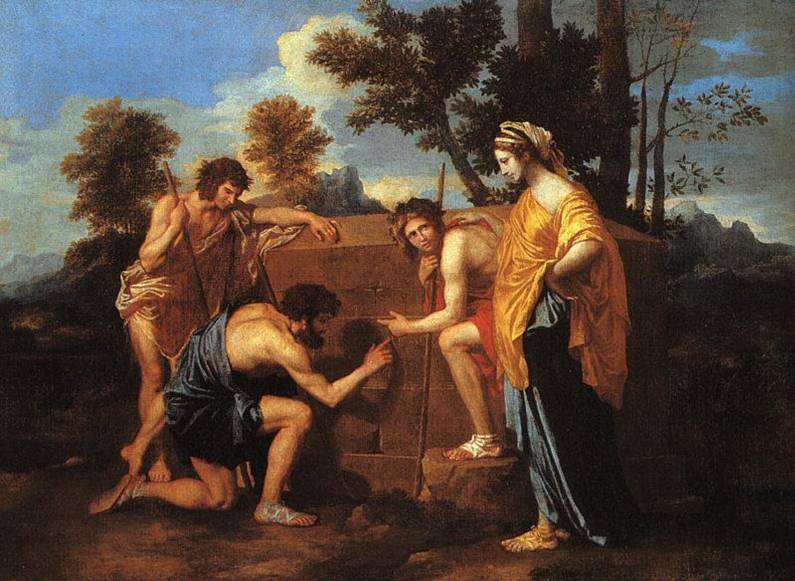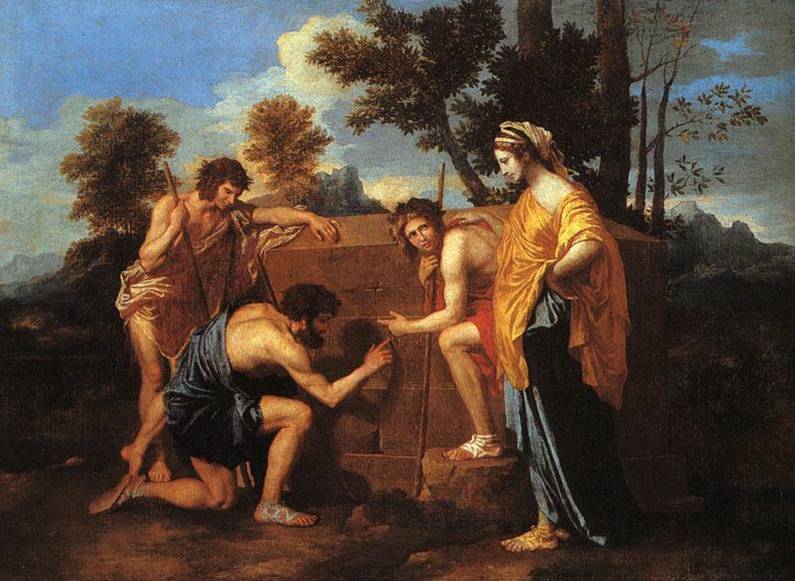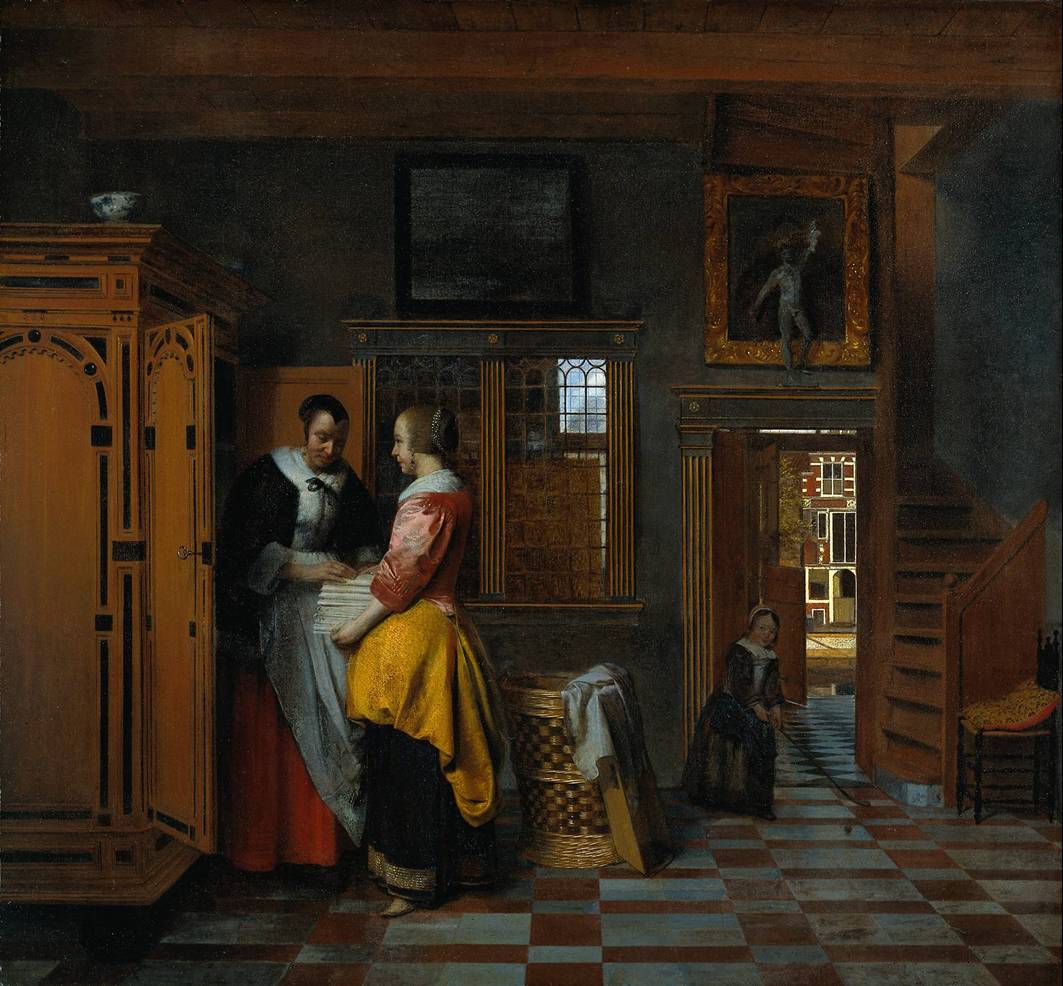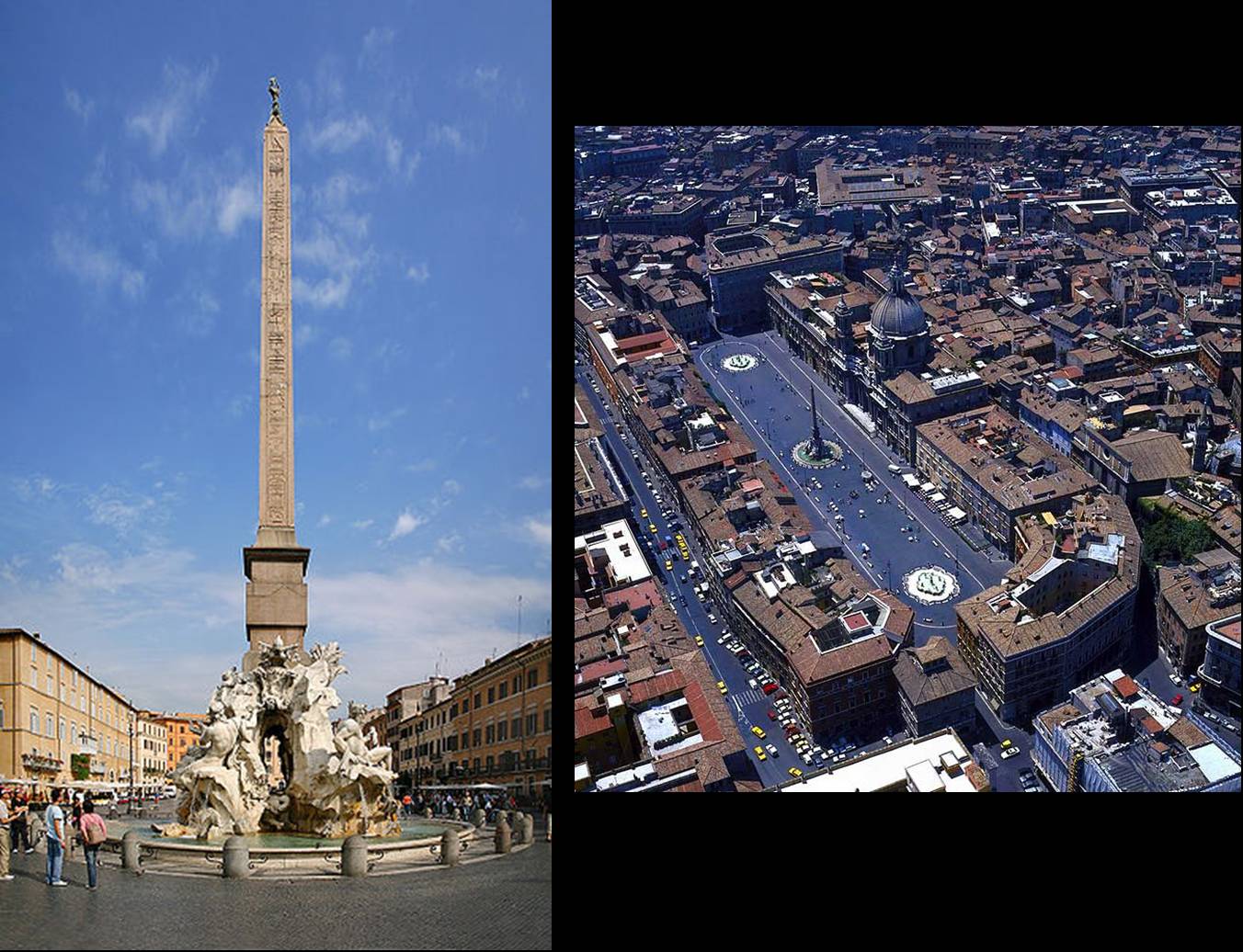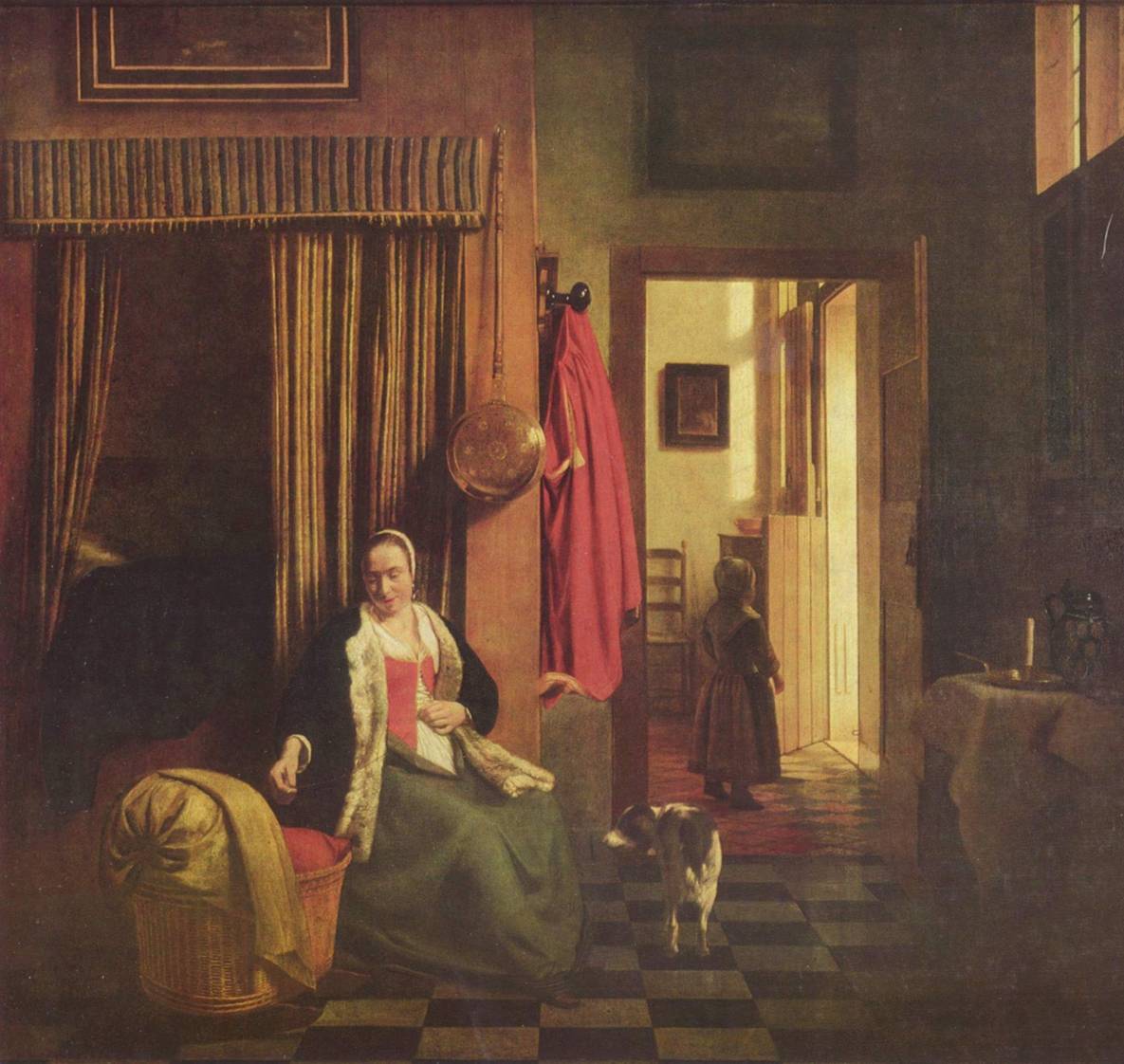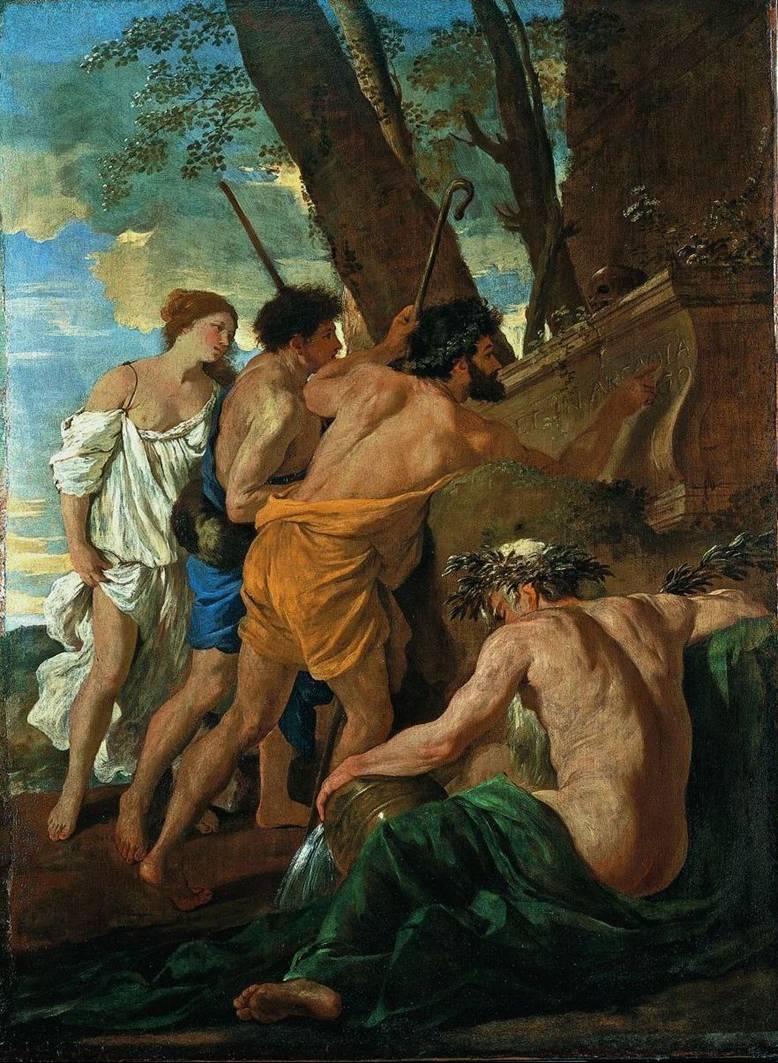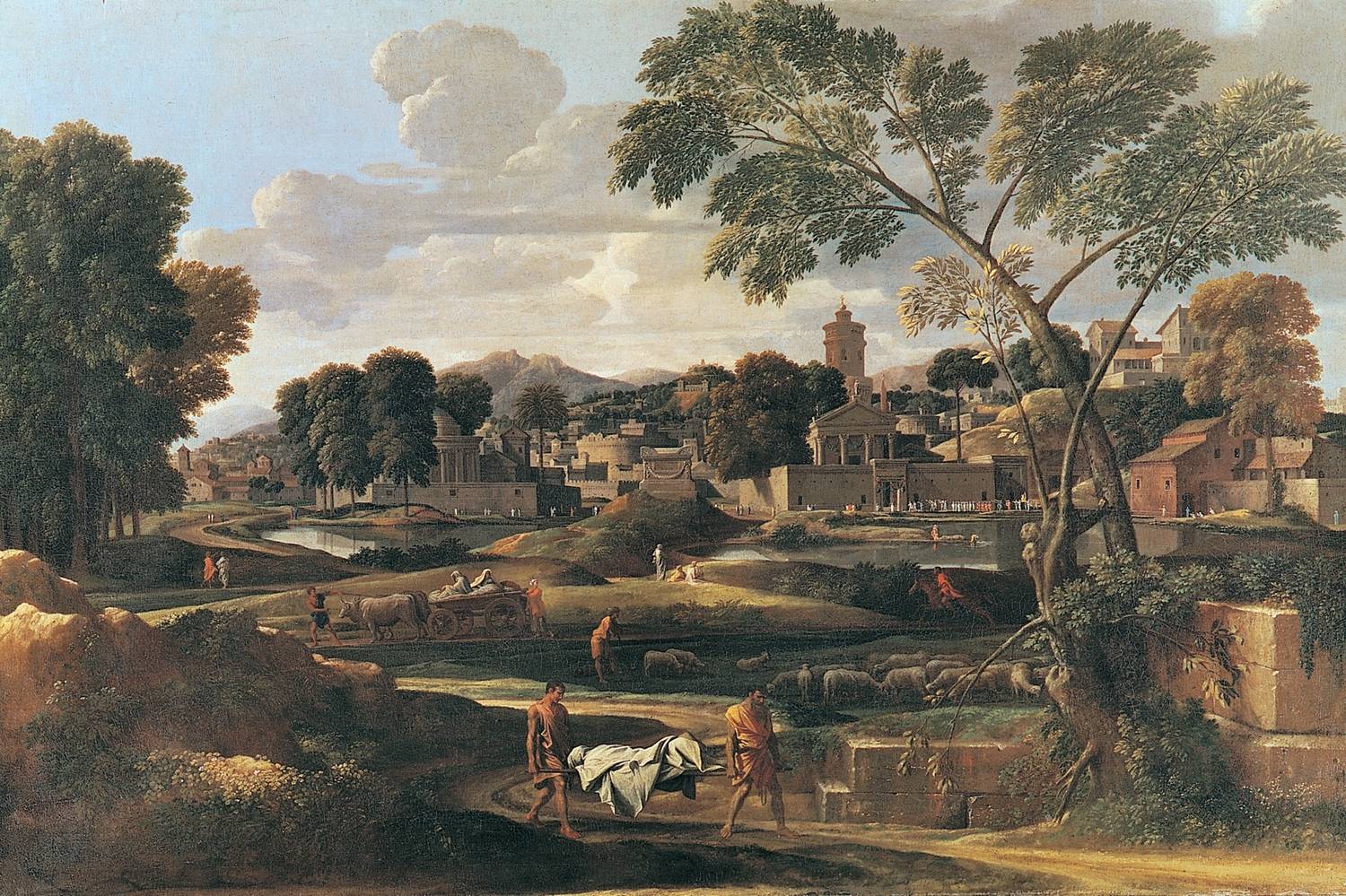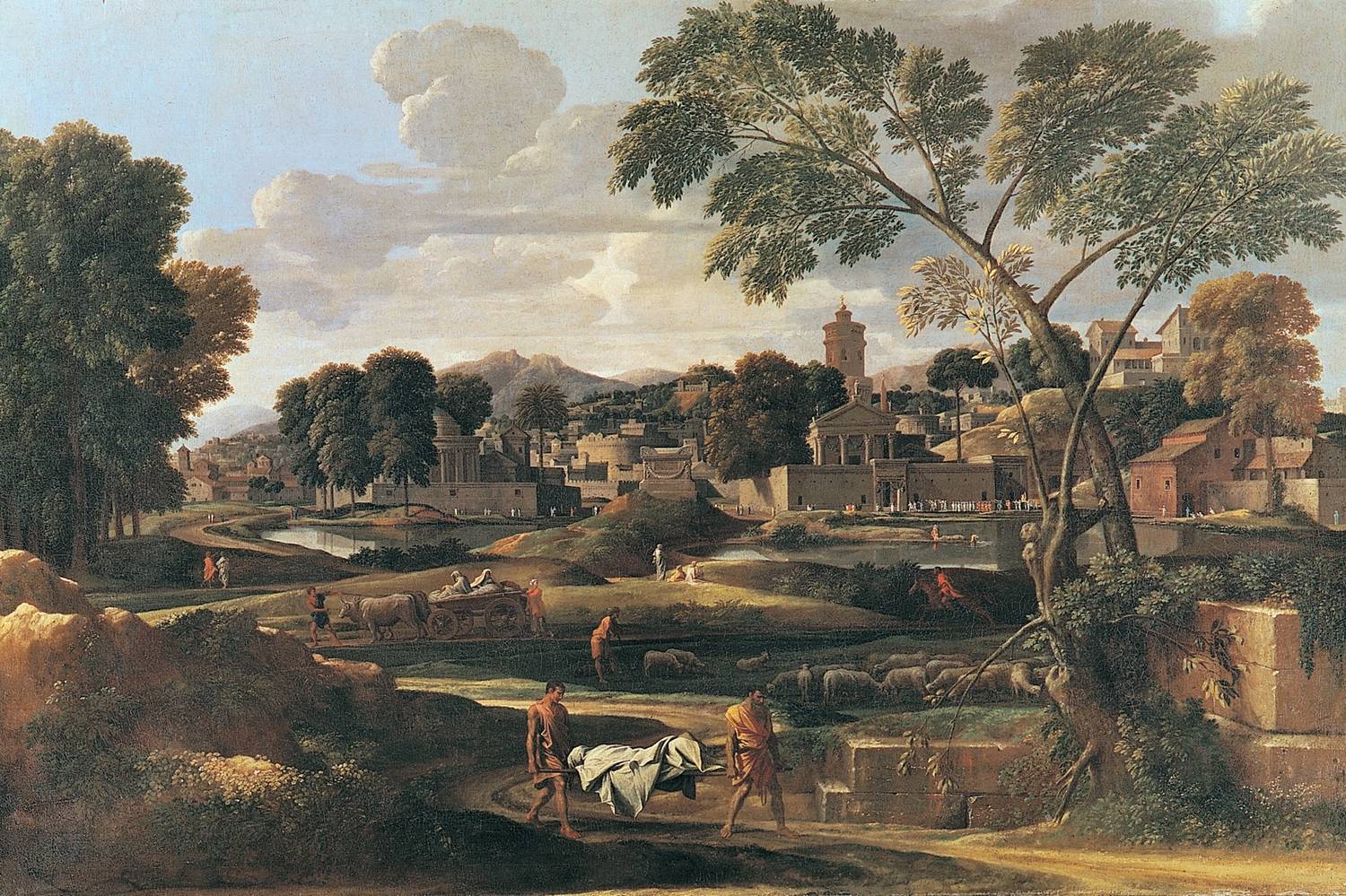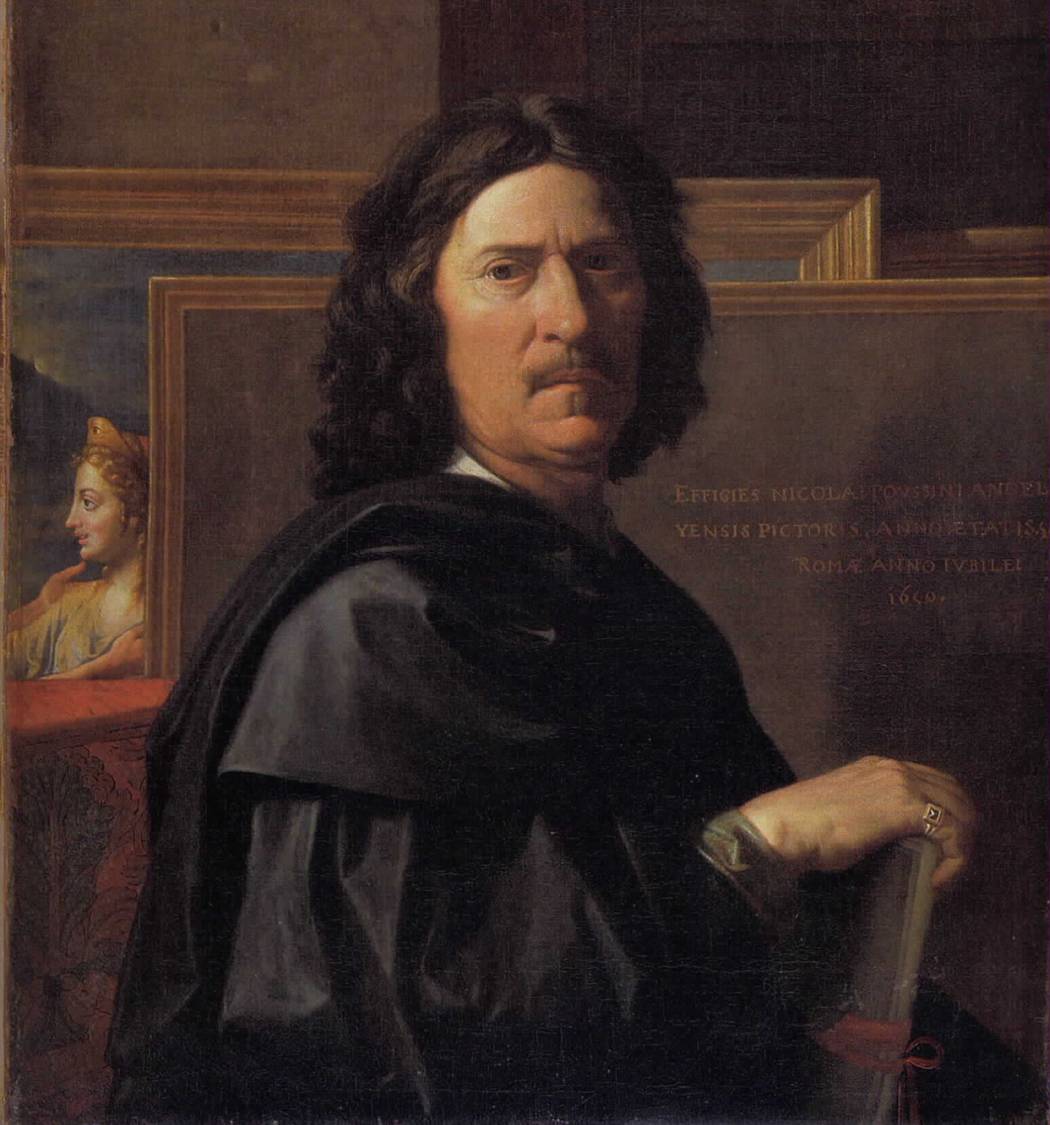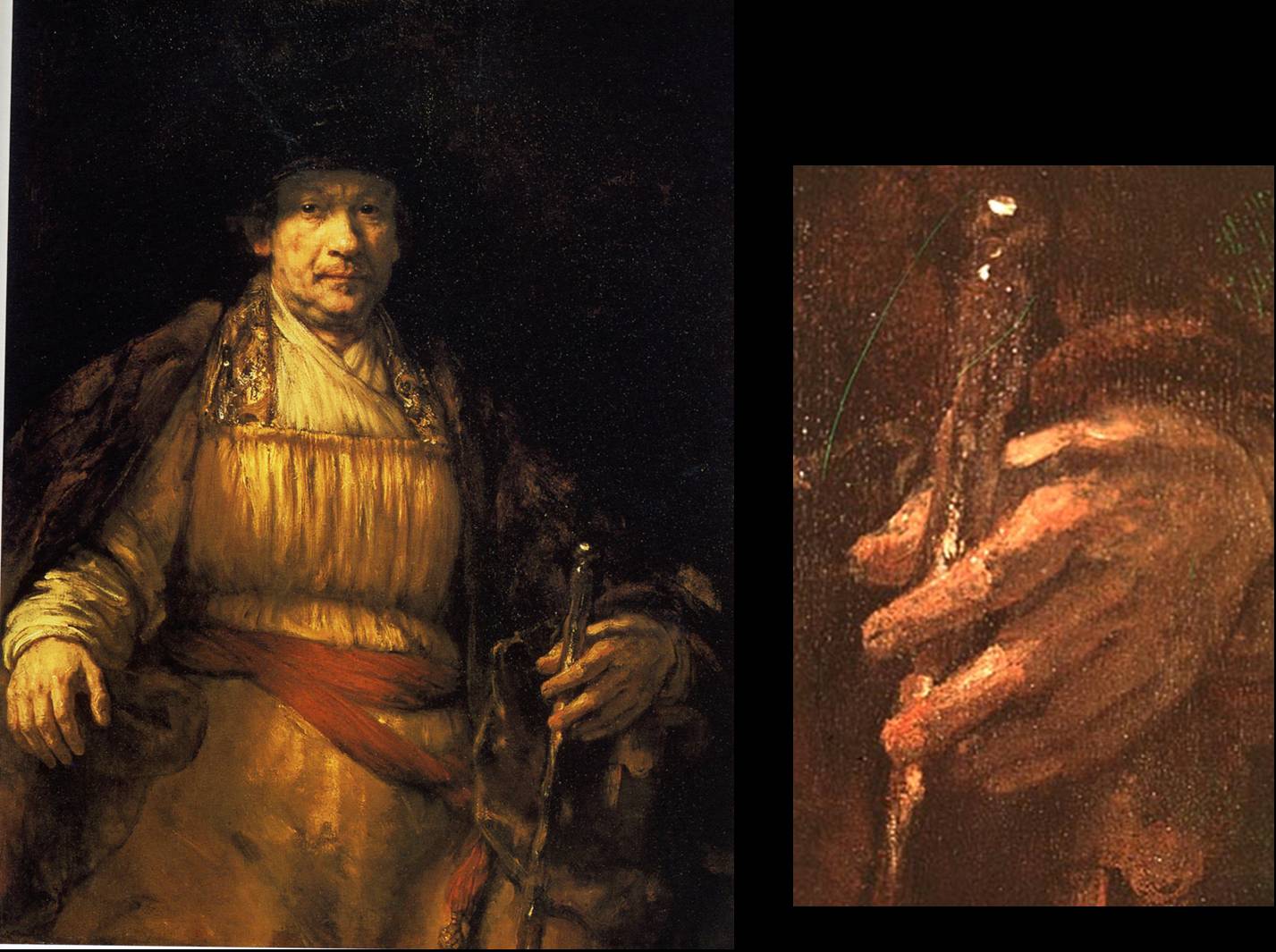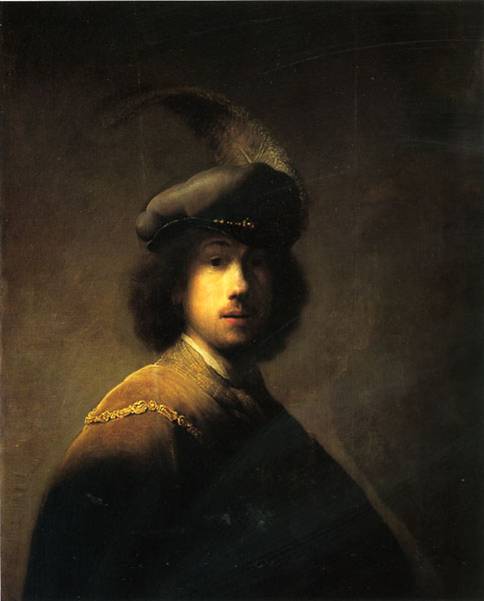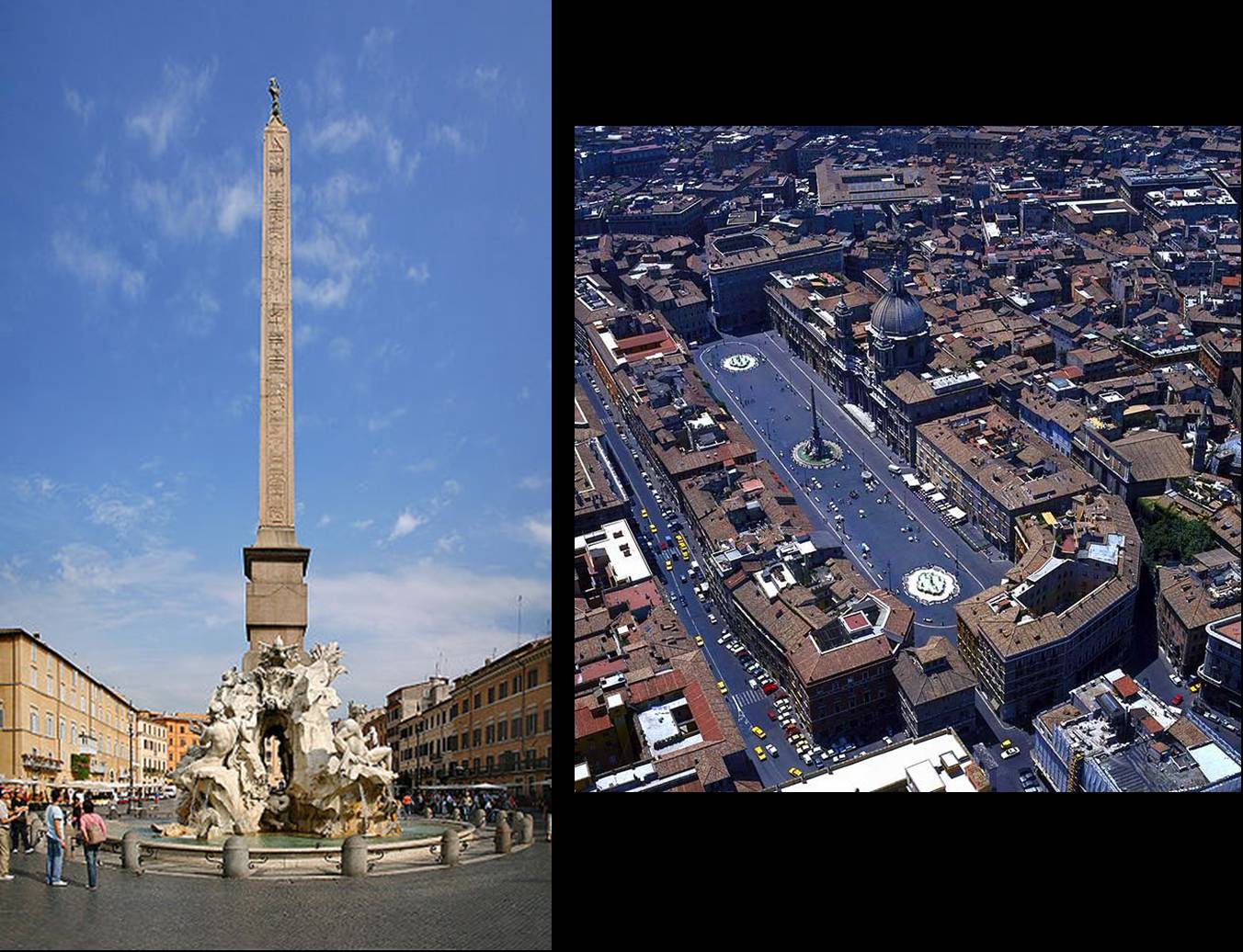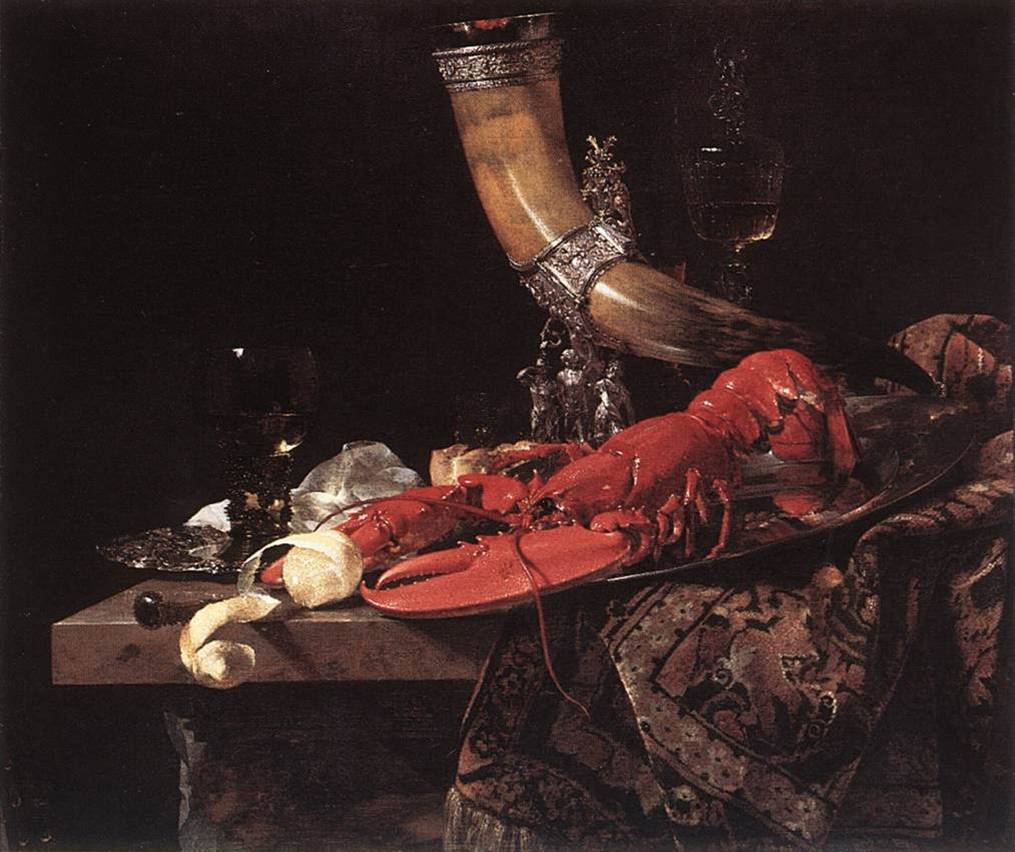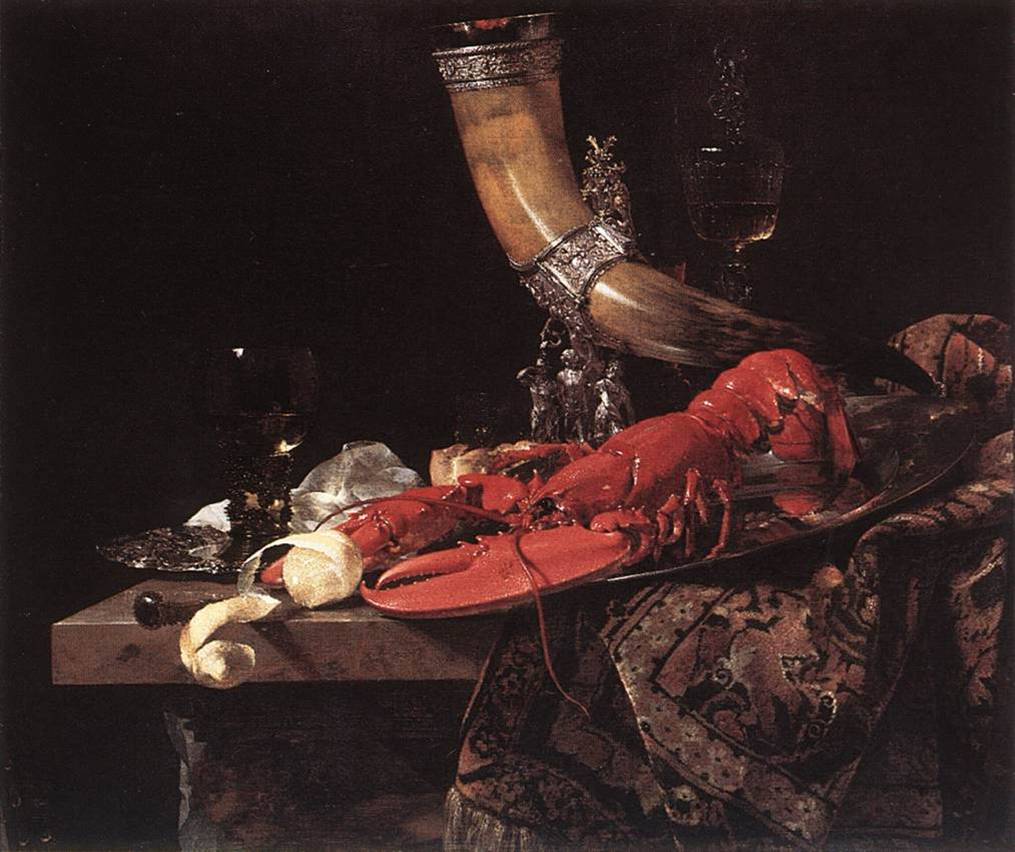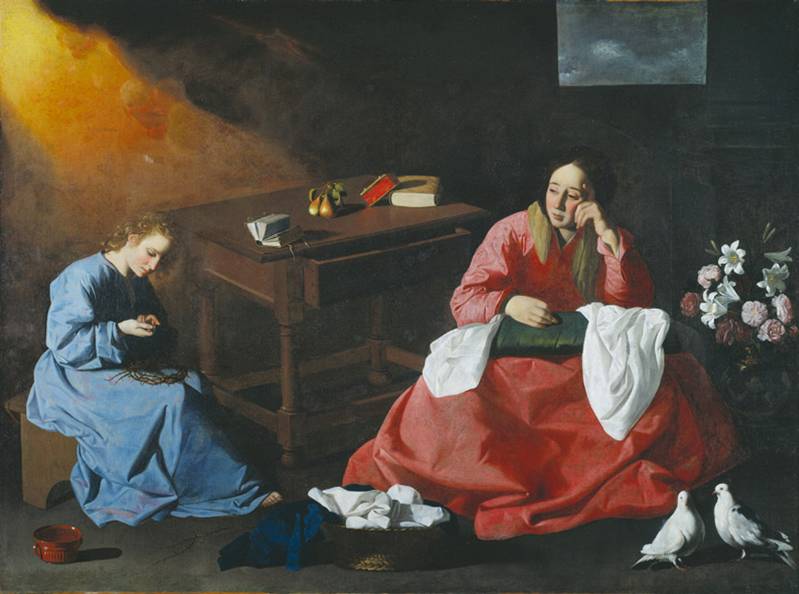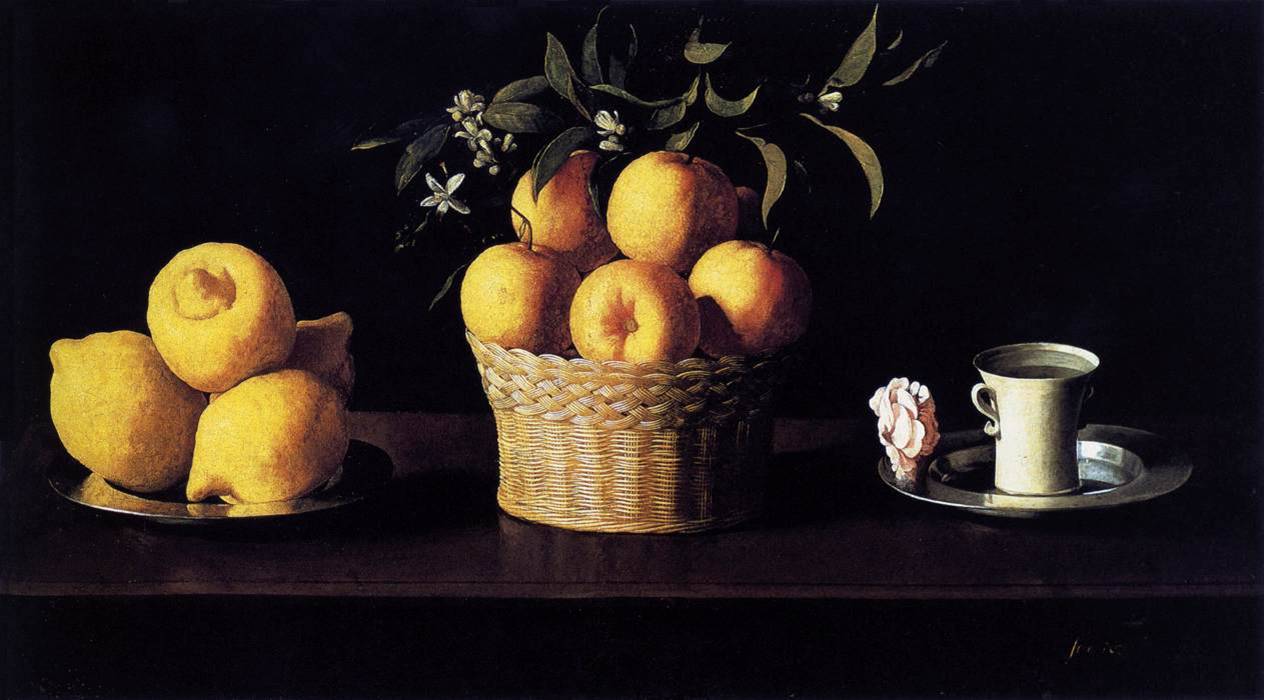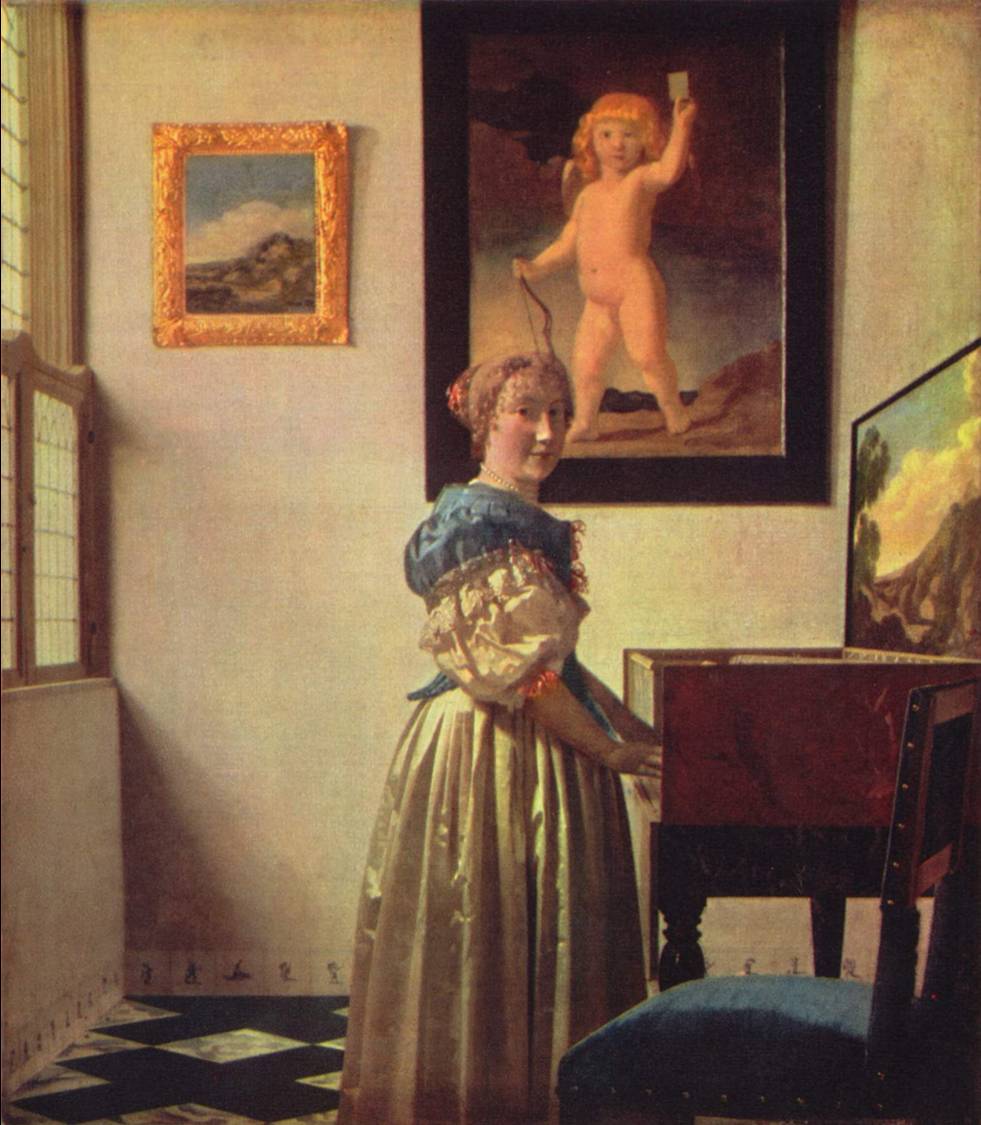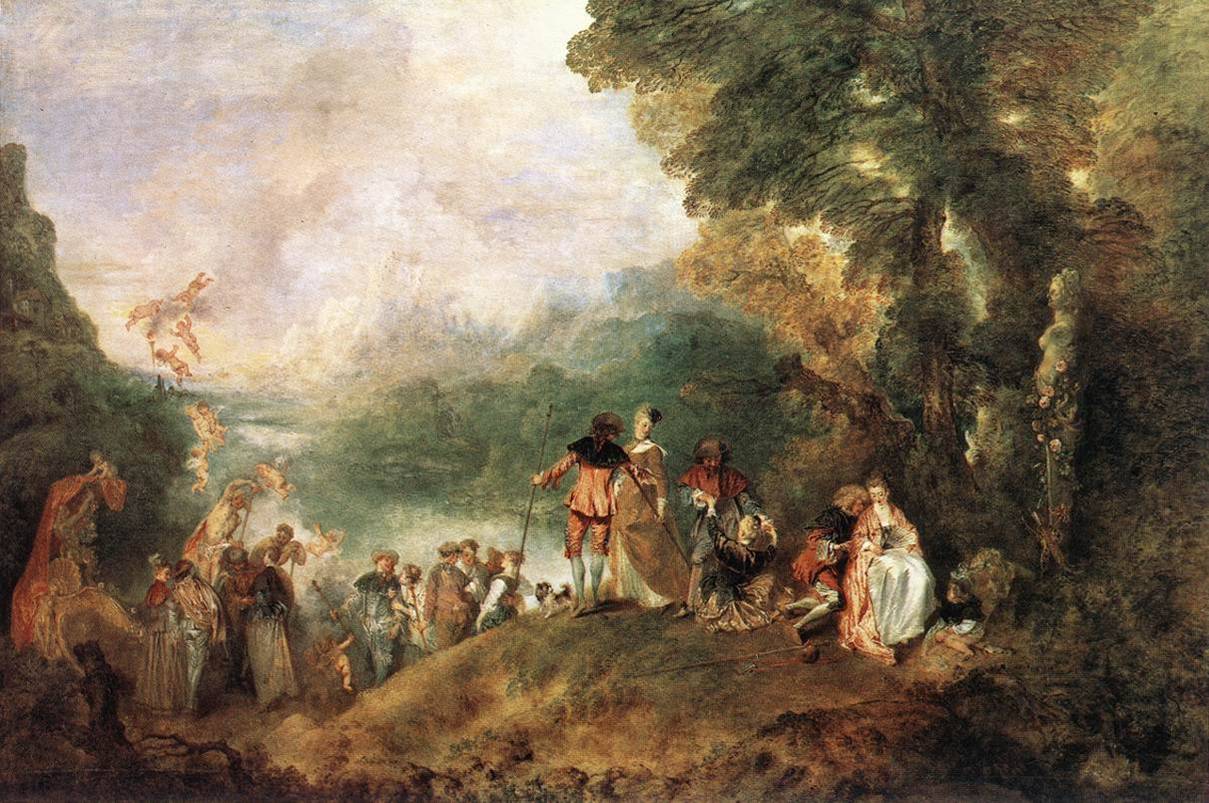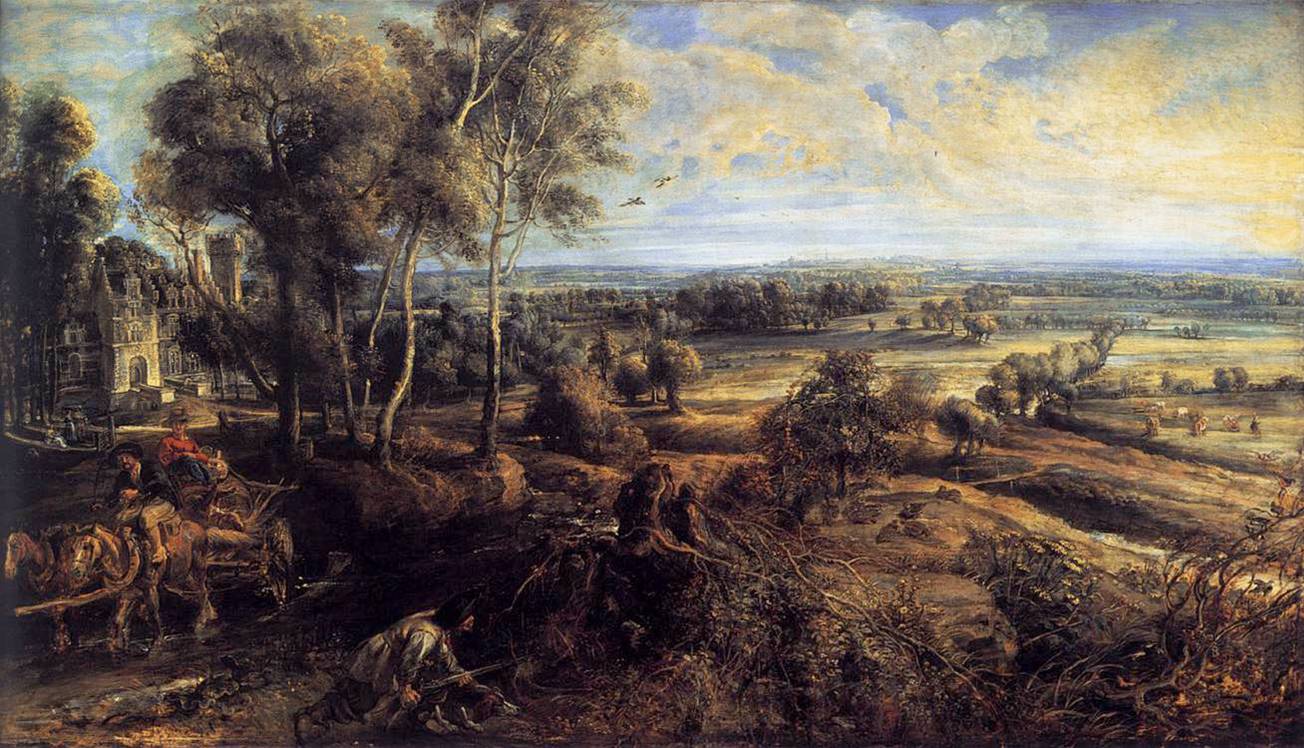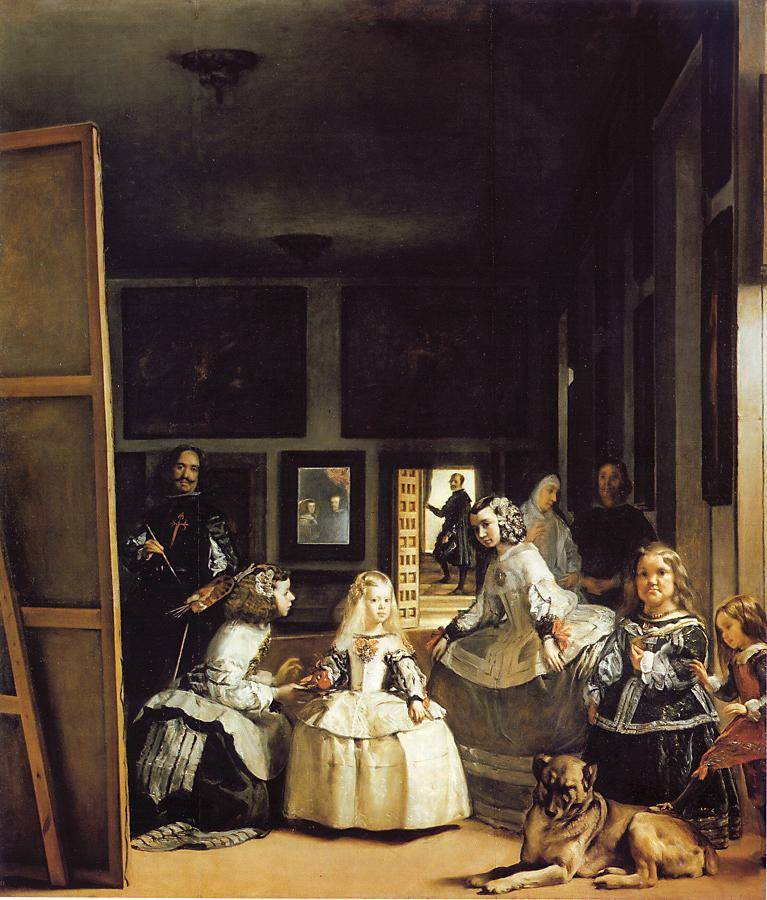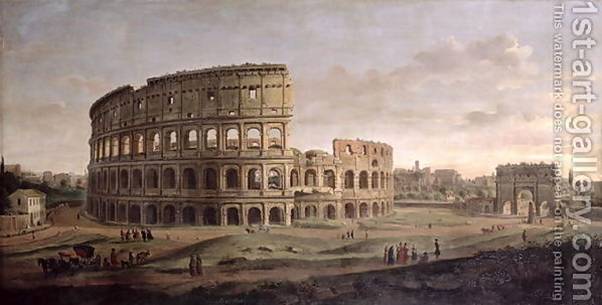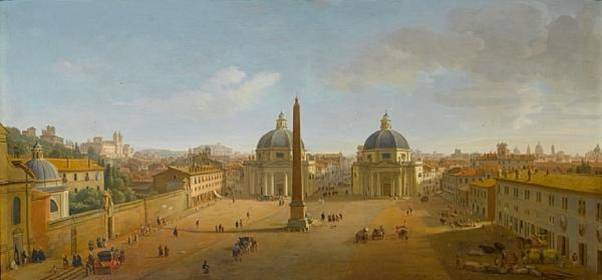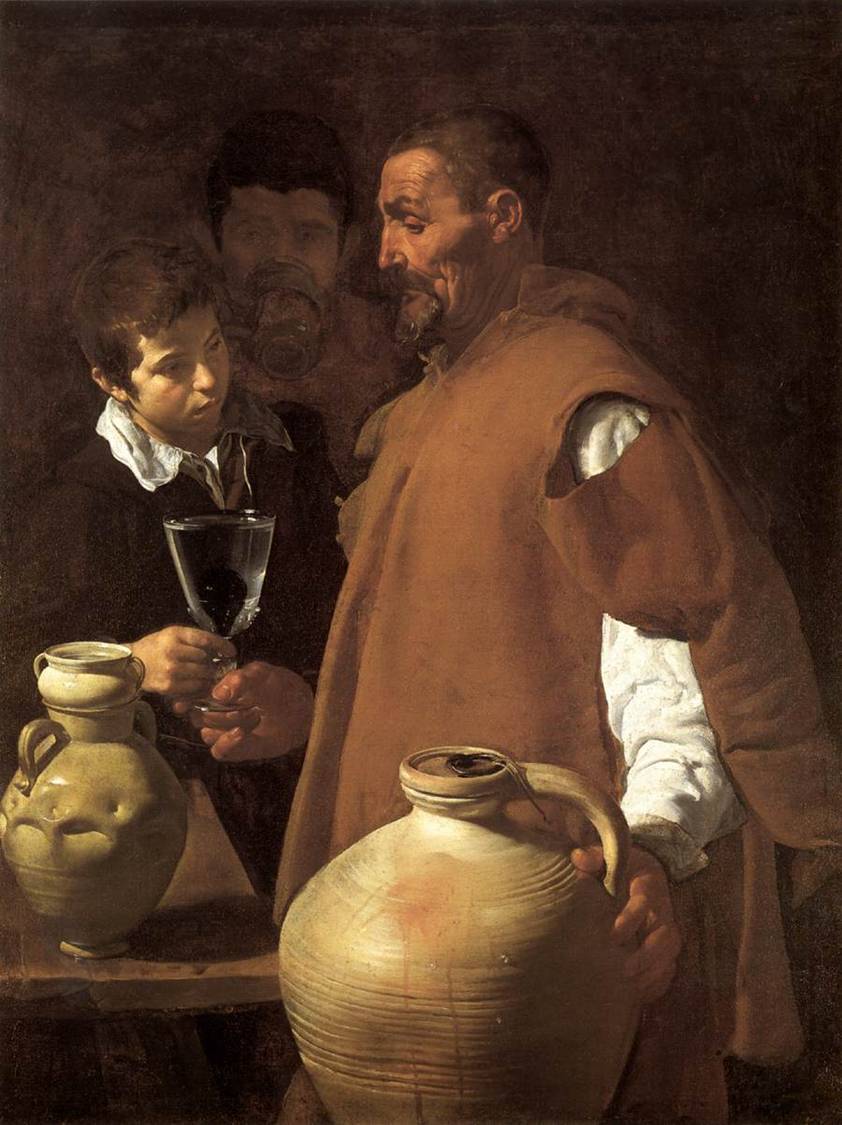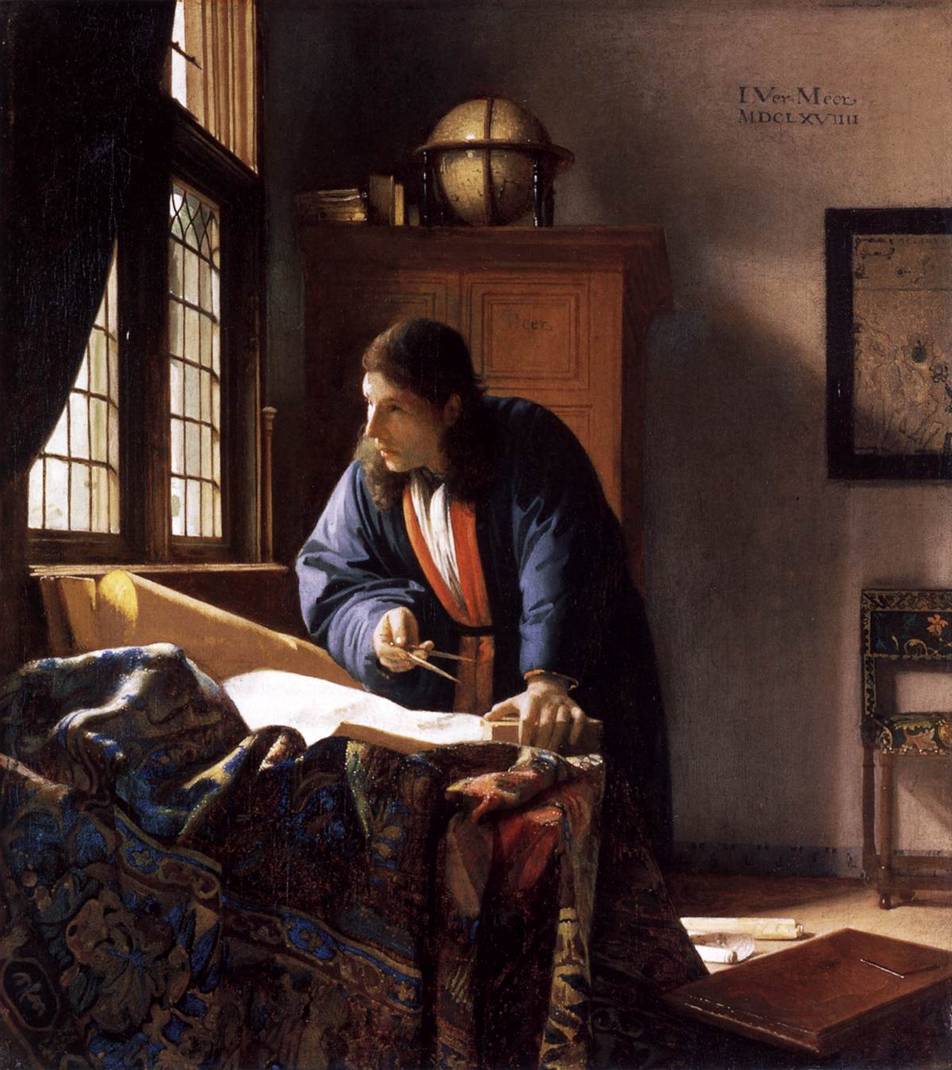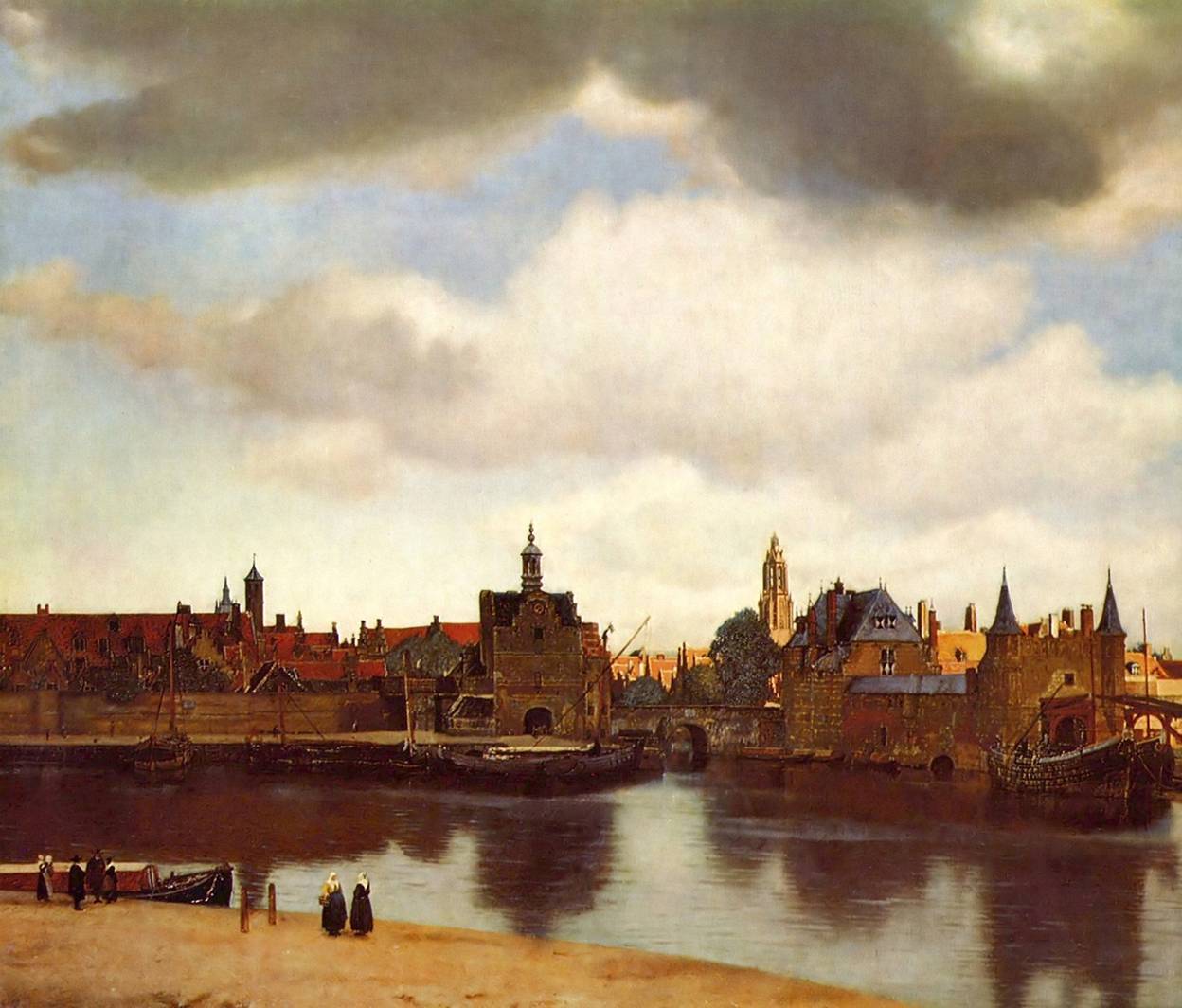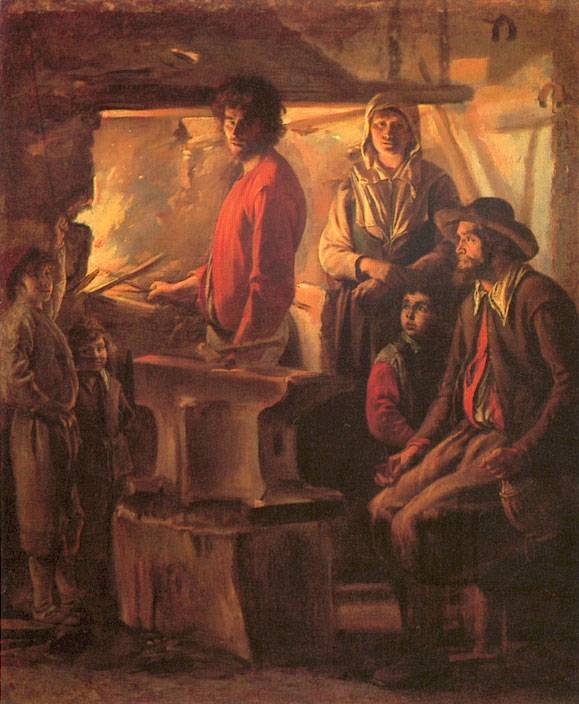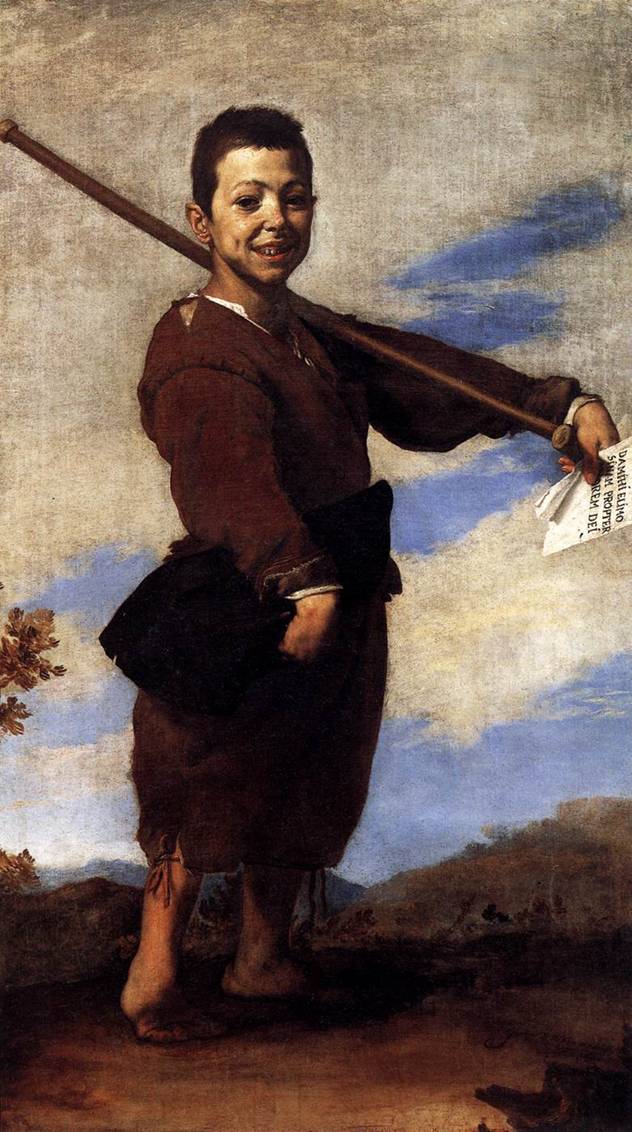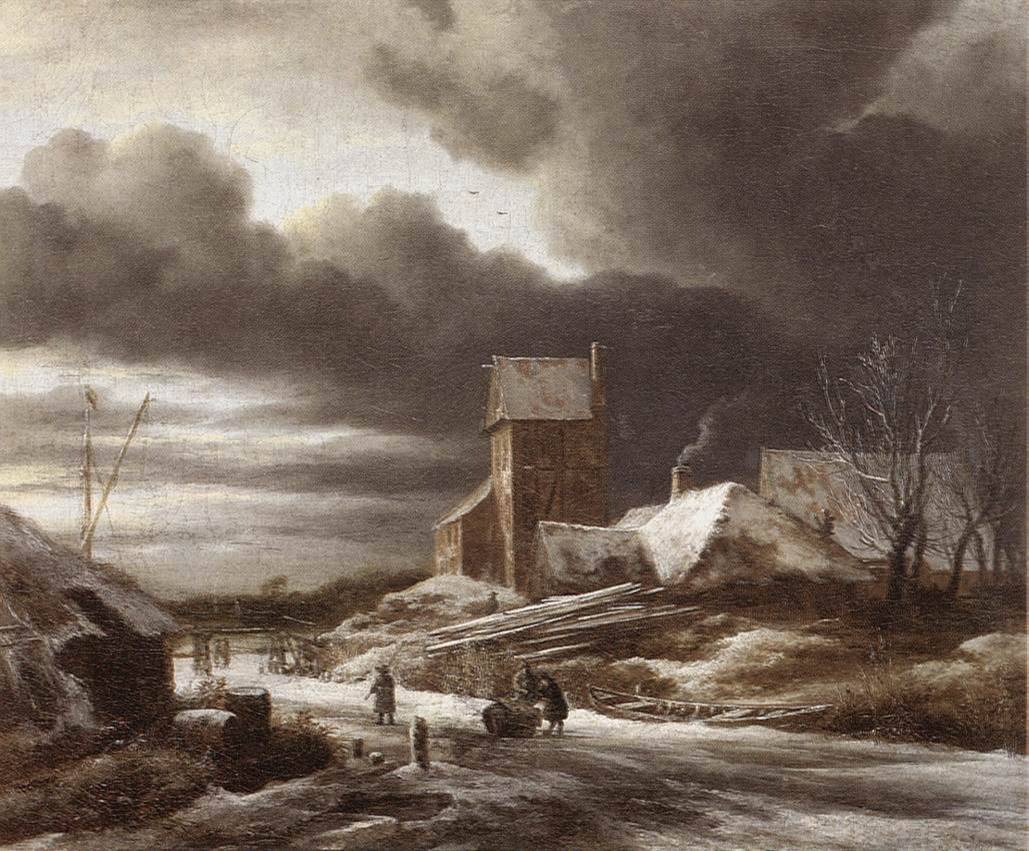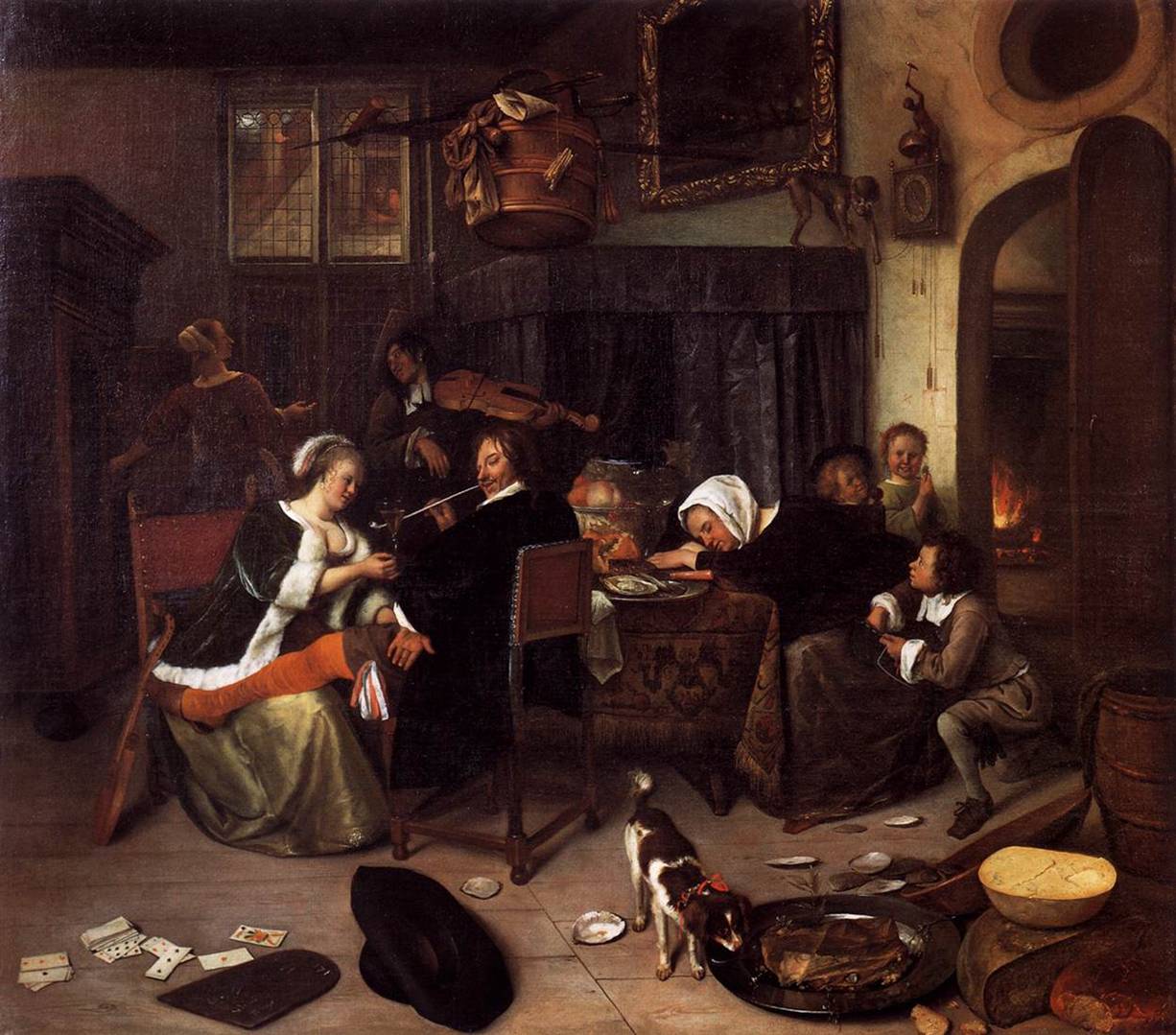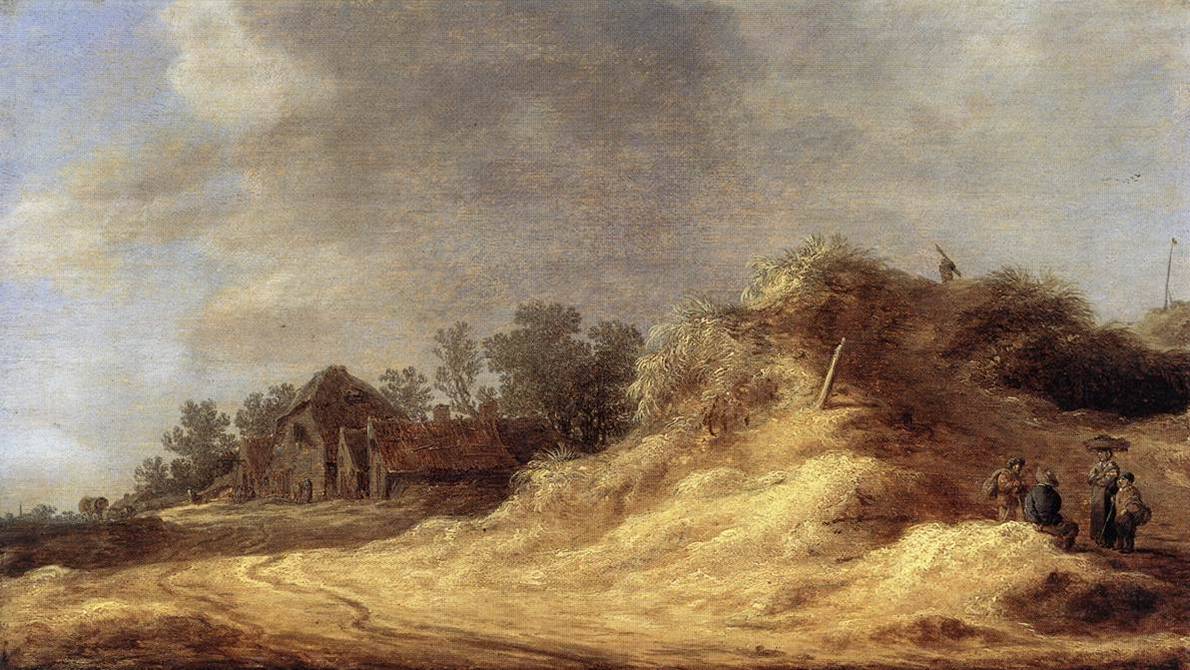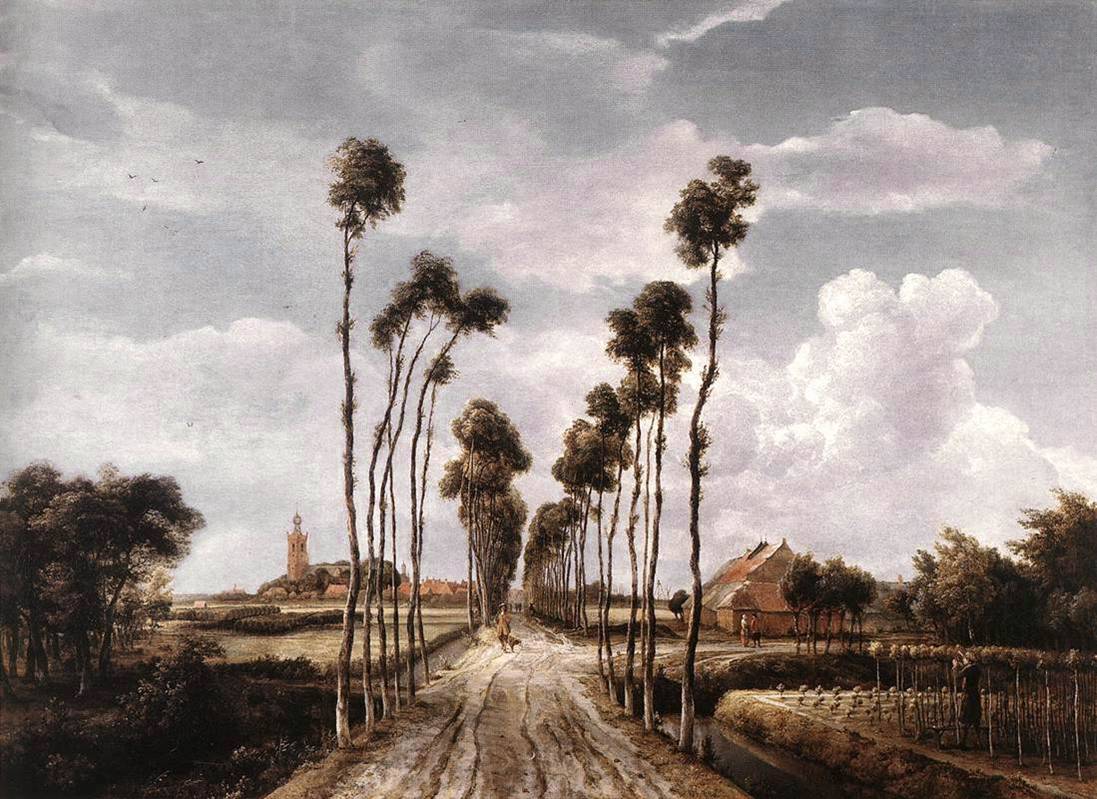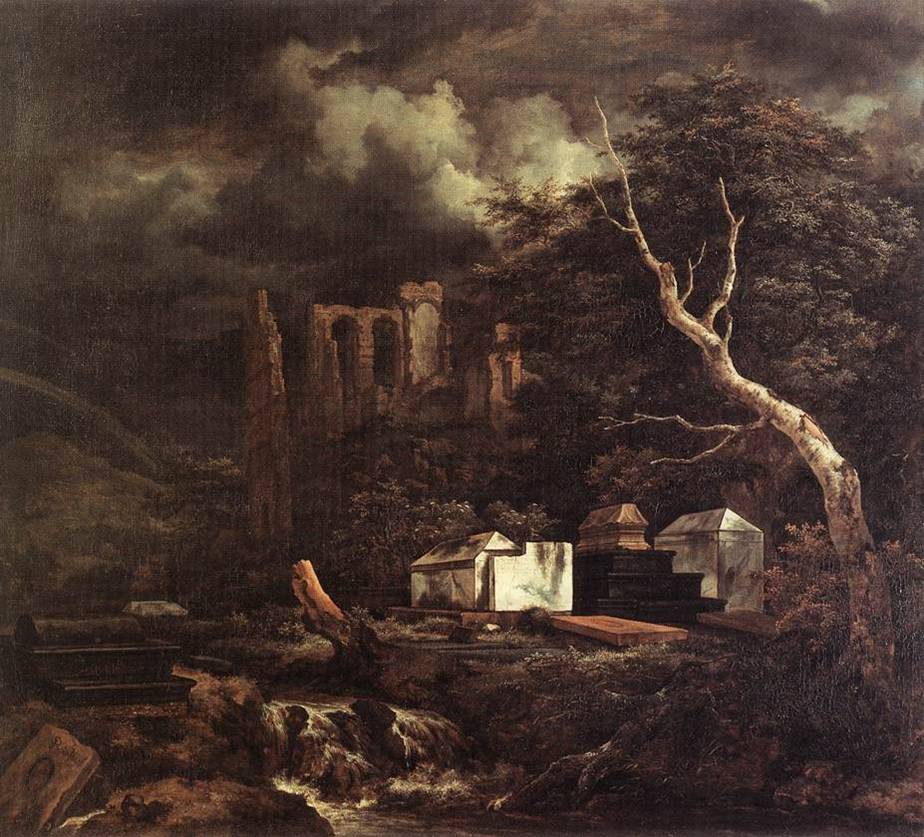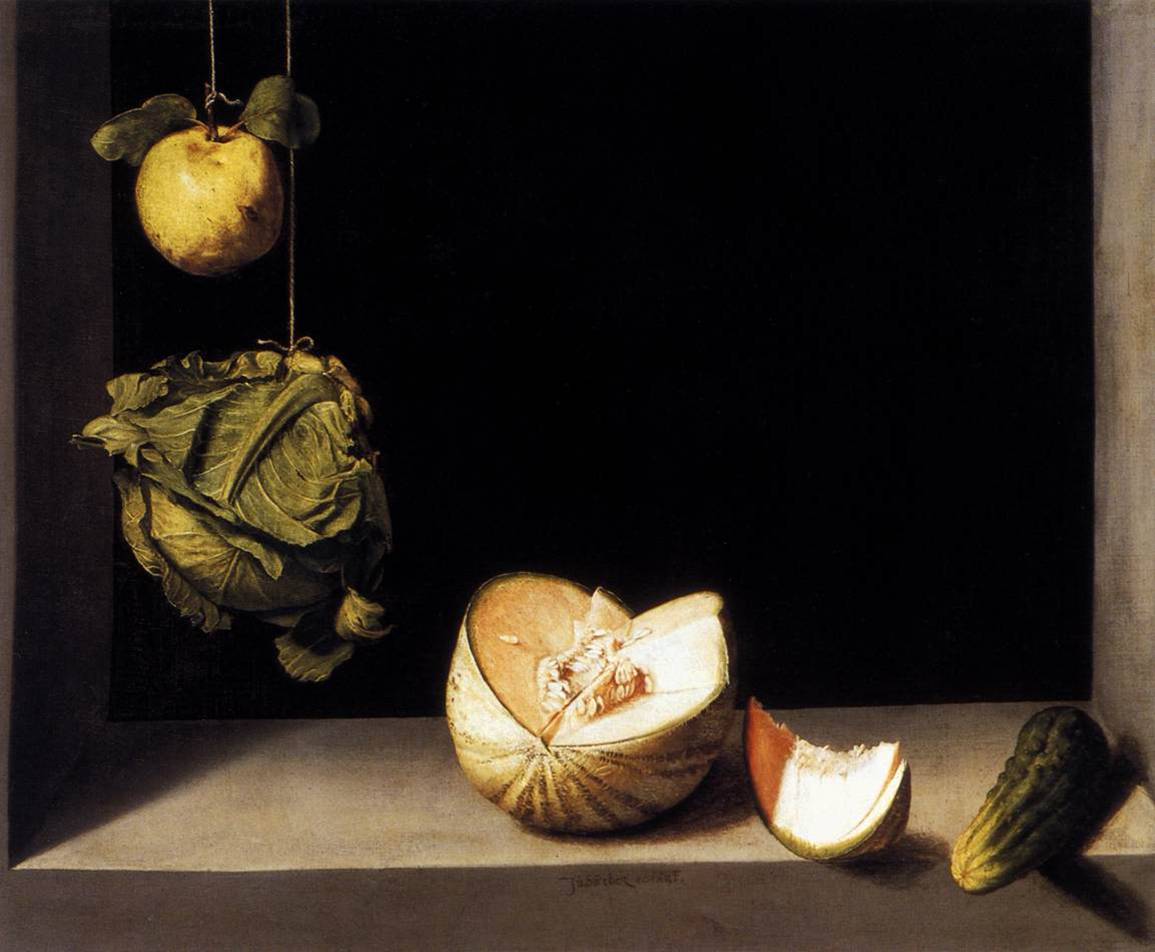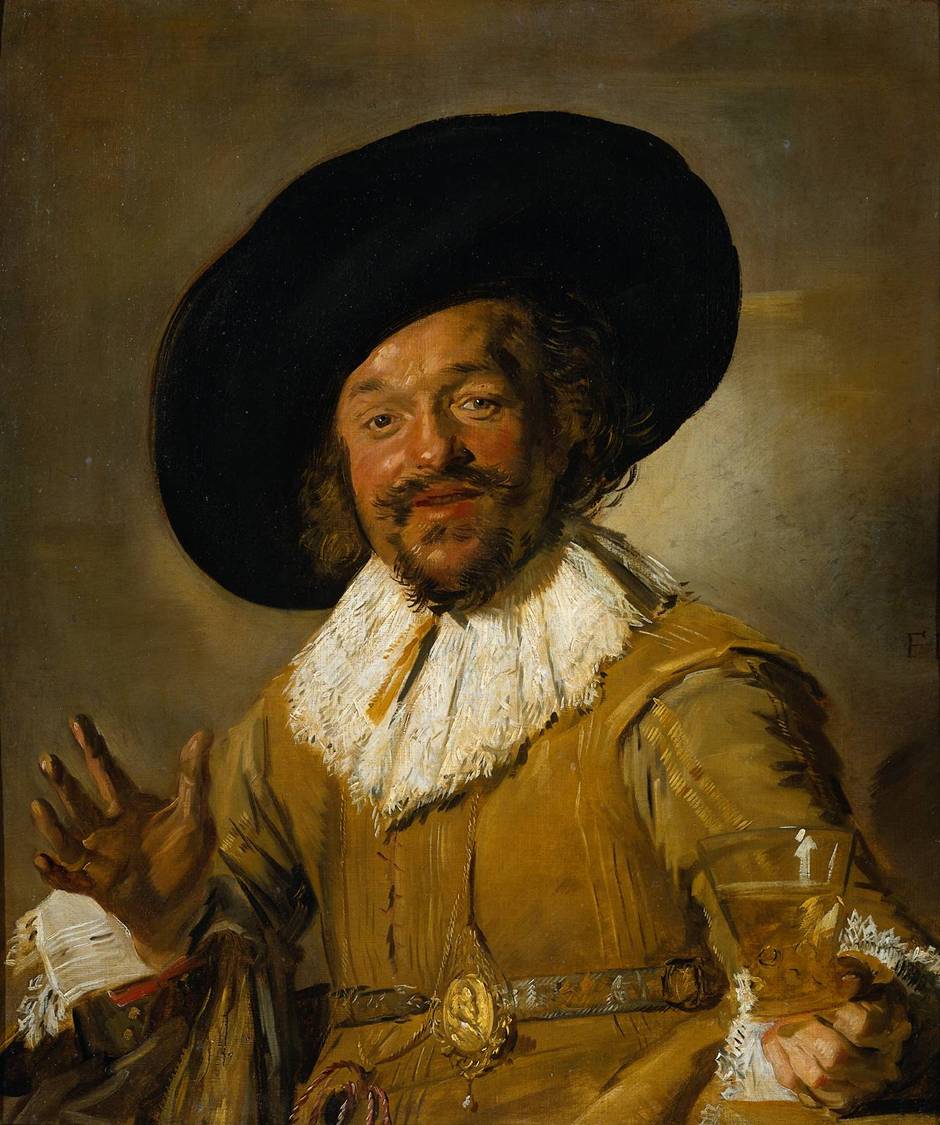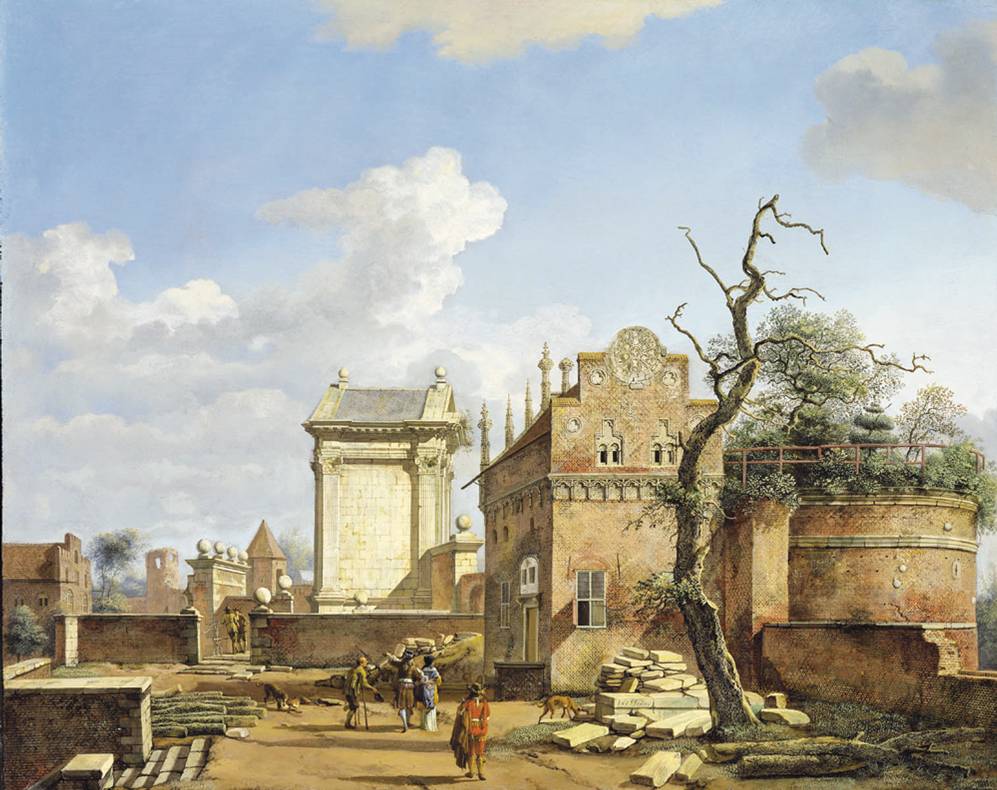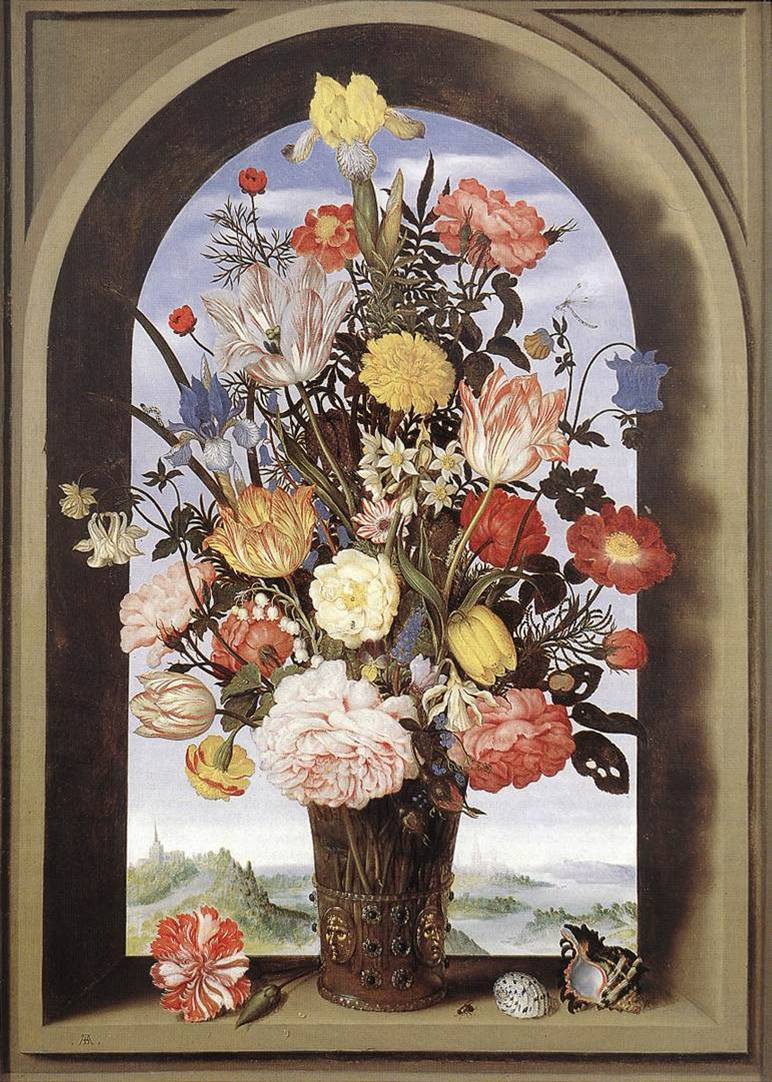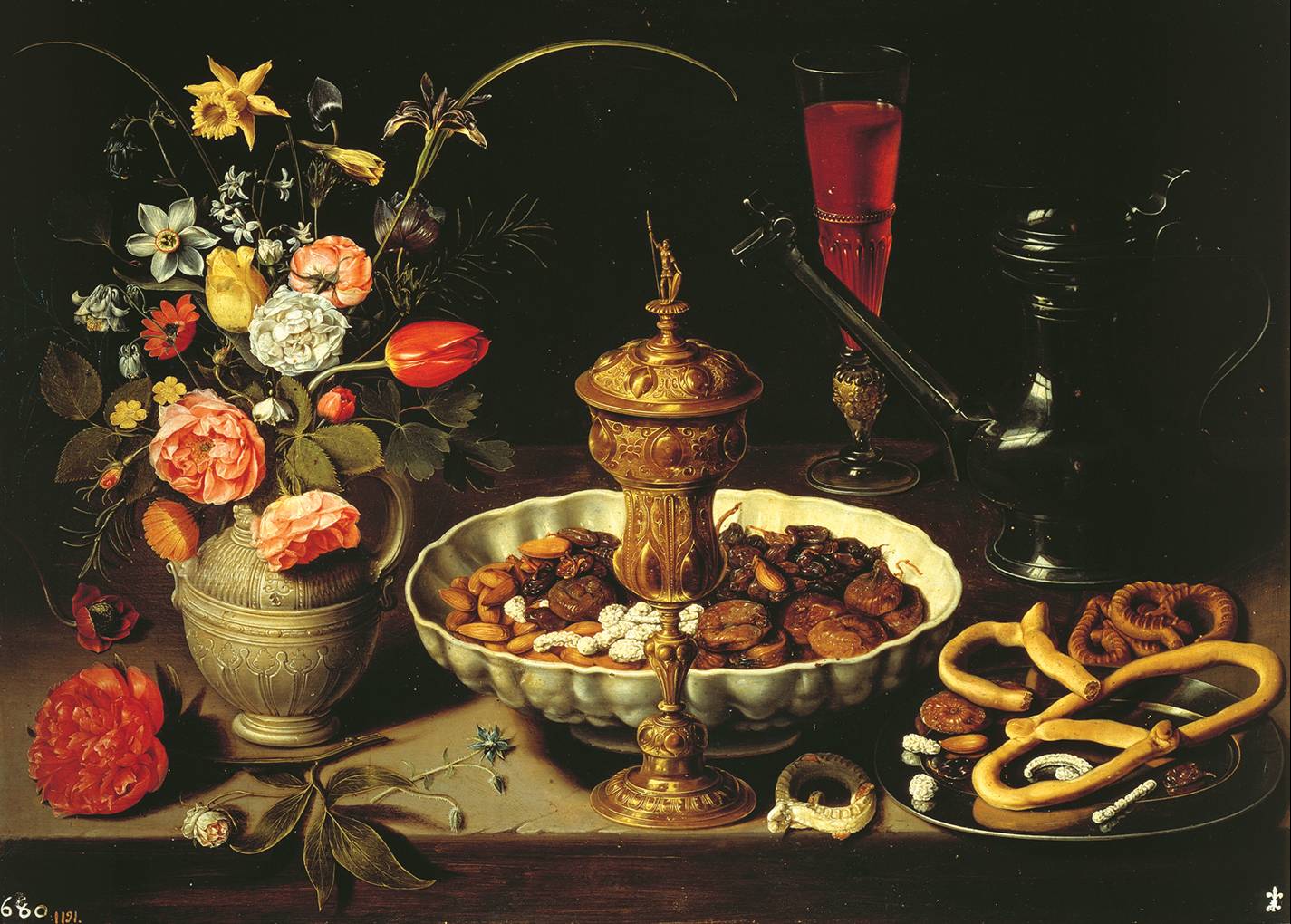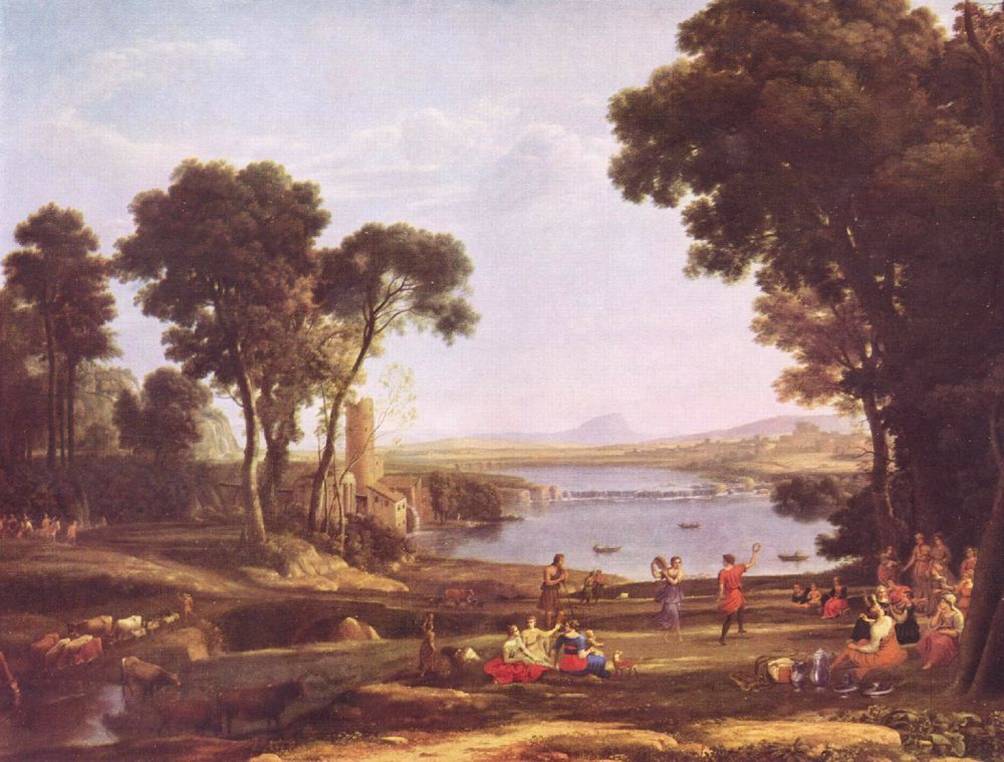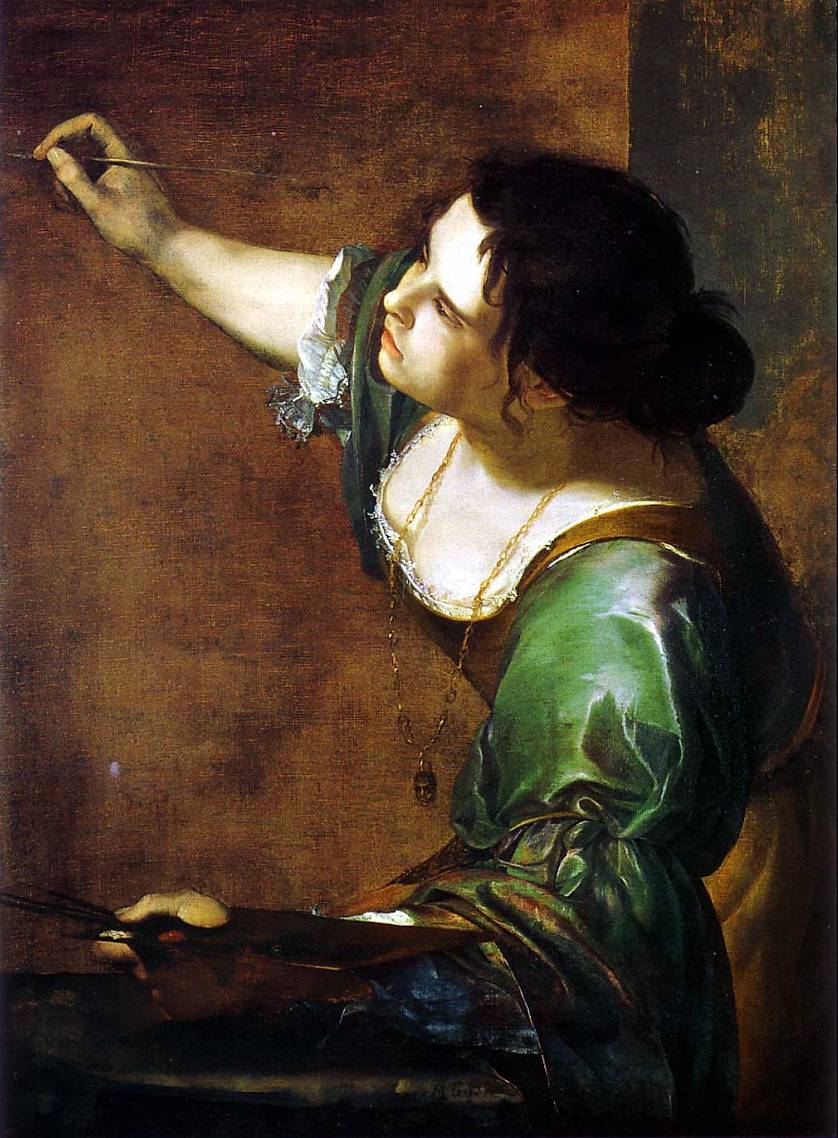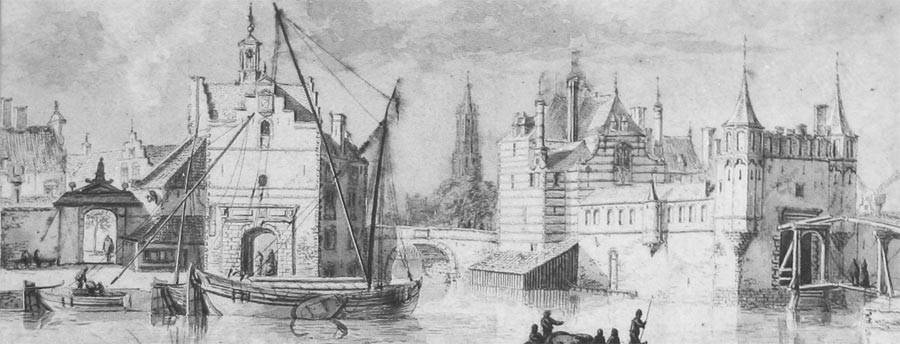Baroque And Rococo Art History

Picture final exam. Do you know who created these works of art? Do you know the dates? Do you know their locations? Do you know their titles? This is what you will be tested on.
- 1.
Who is the artist of this piece?
- A.
Rembrandt
- B.
Poussin
- C.
Pieter de Hooch
- D.
Bernini
- E.
Rachel Ruysch
Correct Answer
B. PoussinExplanation
The correct answer is Poussin because Poussin was a renowned artist known for his classical style and his works often depicted historical or mythological subjects. Rembrandt, Pieter de Hooch, Bernini, and Rachel Ruysch were all notable artists as well, but they were known for different styles and subjects, making Poussin the most likely artist for this particular piece.Rate this question:
-
- 2.
What is the title and date of this image
Correct Answer
Et in Arcadia Ego, 1640Explanation
The title of the image is "Et in Arcadia Ego" and it was created in 1640.Rate this question:
- 3.
Who is the artist? What is the title? what is the date?
Correct Answer
Pieter de Hooch, The Linen Chest, 1663Explanation
The artist of the artwork is Pieter de Hooch. The title of the artwork is "The Linen Chest". The artwork was created in the year 1663.Rate this question:
- 4.
What group of Artists created the Fountain Four Rivers in Piazza Navona, Rome?
- A.
Bernini, Caude Poussin, Jacopo Antonio
- B.
Zurburan, Bernini, Jacopo Antonio
- C.
Claude Poussin, Rachel Ruysch, Willem Kalf
- D.
Pieter de Hooch, Claude Poussin, Rembrandt
- E.
Bernini, Claude Poussin, Jacopo Antonio
Correct Answer
E. Bernini, Claude Poussin, Jacopo AntonioExplanation
The correct answer is Bernini, Claude Poussin, Jacopo Antonio. These artists collaborated to create the Fountain Four Rivers in Piazza Navona, Rome.Rate this question:
-
- 5.
Why is the base of the Four Rivers Fountain a grotto?
- 6.
Artist? Title? Date?
Correct Answer
Pieter de Hooch, Mother beside a cradle, 1659-60Explanation
The correct answer is Pieter de Hooch, Mother beside a cradle, 1659-60. This answer provides the name of the artist, the title of the artwork, and the date it was created. Pieter de Hooch was a Dutch painter known for his domestic interior scenes, and in this particular painting, he depicts a mother standing beside a cradle. The artwork was created in 1659-60, showcasing the artist's attention to detail and mastery of light and perspective.Rate this question:
- 7.
Artist? Title? Date?
Correct Answer
Poussin, The Arcadian Shepherds, 1628-9Explanation
The given answer correctly identifies the artist as Poussin and the title as The Arcadian Shepherds. The date provided, 1628-9, indicates the time period in which the artwork was created. Poussin was a French painter known for his classical style and his works often depicted mythological or historical subjects. The Arcadian Shepherds is one of his famous paintings, showing a group of shepherds gathered around a tomb in a pastoral landscape. The painting explores themes of mortality and the fleeting nature of life.Rate this question:
- 8.
What is the title of this image?
- A.
Landscape with the funeral of Phocion by the artist Poussin
- B.
The cowpasture by the artist Viviano Codazzi
- C.
Pilgrimage to the Island of Cythera by the artist Watteau
- D.
Garden of love by the Artist Rubens
Correct Answer
A. Landscape with the funeral of Phocion by the artist PoussinExplanation
The correct answer is "Landscape with the funeral of Phocion by the artist Poussin" because the question asks for the title of the image, and this option matches the image description given. The other options are different artworks by different artists and do not match the description of the image.Rate this question:
-
- 9.
What is the date of this image?
- A.
1628-9
- B.
1645
- C.
1648
- D.
1659-60
- E.
1663
Correct Answer
C. 1648 -
- 10.
Artist, Title, and Date?
- A.
Rubens, Self-Portrait, 1622-3
- B.
Rembrandt, Self-Portrait, 1629
- C.
Rembrandt, Self-Portrait, 1658
- D.
Poussin, Self-Portrait, 1650
Correct Answer
D. Poussin, Self-Portrait, 1650 -
- 11.
Artist, Title, Date?
- A.
Rembrandt, Self-Portrait, 1629
- B.
Rembrandt, Self-Portrait, 1658
- C.
Rubens, Self-Portrait, 1622-3
- D.
Poussin, Self-Portrait, 1650
Correct Answer
B. Rembrandt, Self-Portrait, 1658Explanation
The correct answer is Rembrandt, Self-Portrait, 1658. This can be determined by comparing the given options with the information provided. The artist is Rembrandt, and the artwork is a self-portrait. The date is 1658, as stated in the answer option.Rate this question:
-
- 12.
Artist, Title, Date?
- A.
Rubens, Self-Portrait, 1622-3
- B.
Rembrandt, Self-Portrait, 1629
- C.
Poussin, Self-Portrait, 1650
- D.
Rembrandt, Self-Portrait, 1658
Correct Answer
B. Rembrandt, Self-Portrait, 1629Explanation
The correct answer is Rembrandt, Self-Portrait, 1629. This is because the question asks for the artist, title, and date of a specific artwork. Among the options given, the only one that matches all three criteria is Rembrandt's Self-Portrait from 1629.Rate this question:
-
- 13.
Who is the artist of the painting titled Fruit Flowers and Insects and dated 1716?
Correct Answer
Rachel RuyschExplanation
Rachel Ruysch is the correct answer because she was a Dutch artist known for her still-life paintings, particularly of flowers. She was active during the 17th and 18th centuries, and her works often featured intricate details and vibrant colors. "Fruit Flowers and Insects" is one of her notable paintings, dated to 1716. Ruysch's skill in capturing the beauty of nature and her attention to detail made her a renowned artist during her time.Rate this question:
- 14.
What is the location of the Fountain Four Rivers?
Correct Answer
Piazza Navona, RomeExplanation
The location of the Fountain Four Rivers is Piazza Navona in Rome.Rate this question:
- 15.
Willem Kalf is the artist of what painting?
Correct Answer
Still Life with the drinking horn of the St Sebastian Archer's Guild, Lobster and GlassesExplanation
Willem Kalf is the artist of the painting "Still Life with the drinking horn of the St Sebastian Archer's Guild, Lobster and Glasses."Rate this question:
- 16.
What is the date of this painting?
- A.
1653
- B.
1635-40
- C.
1633
- D.
1670
- E.
1682-4
Correct Answer
A. 1653 -
- 17.
Artist, title, date?
Correct Answer
Zurburan, Christ and the Virgin in the House at Nazareth, 1635-40Explanation
The given answer correctly identifies the artist as Zurburan and the title of the artwork as "Christ and the Virgin in the House at Nazareth." The date provided, 1635-40, suggests that the artwork was created during that time period.Rate this question:
- 18.
Artist, Title, Date?
Correct Answer
Zurburan, Still-life with Lemons, Oranges Cup and a Rose, 1633Explanation
The given answer correctly identifies the artist as Zurburan and the title as "Still-life with Lemons, Oranges Cup and a Rose." It also provides the date of the artwork as 1633. This information accurately describes the painting in question, indicating that it is a still-life composition featuring lemons, oranges, a cup, and a rose, created by Zurburan in 1633.Rate this question:
- 19.
Who the artist of the painting titled Young Woman Standing at a Virginal and Dated 1670?
- A.
Viviano Codazzi
- B.
Watteau
- C.
Vermeer
- D.
Rubens
- E.
Velazquez
Correct Answer
C. VermeerExplanation
The correct answer is Vermeer because the painting titled "Young Woman Standing at a Virginal and Dated 1670" is attributed to the Dutch artist Johannes Vermeer. Vermeer was known for his mastery of light and shadow, as well as his attention to detail in domestic scenes. This particular painting showcases Vermeer's skill in capturing the delicate features of the young woman and the intricate details of the virginal instrument.Rate this question:
-
- 20.
The painting titled The Cowpasture and dated 1682-4 has what vocabulary word in it?
Correct Answer
VedutaExplanation
The vocabulary word in the painting titled The Cowpasture and dated 1682-4 is "Veduta."Rate this question:
- 21.
Artist, Title, Date?
- A.
Watteau, Pilgrimage to the Island of Cythera, 1721
- B.
NA, The Chateau de Steen with Hunter, 1635-8
- C.
Vermeer, View of Delft, 1661
- D.
Jacob Van Ruisdael, Winter Landscape, 1670
- E.
Jan Van Goyen, Dunes, 1629
Correct Answer
A. Watteau, Pilgrimage to the Island of Cythera, 1721 -
- 22.
Artist, Title, Date?
Correct Answer
Rubens, Garden of Love, 1630-32Explanation
The correct answer is Rubens, Garden of Love, 1630-32. This answer provides the artist's name, the title of the artwork, and the date it was created. The artwork is attributed to Rubens and is titled "Garden of Love." It was created between the years 1630 and 1632.Rate this question:
- 23.
Who did a Self-Portrait during 1622-3?
- A.
Artemesia Gentilleschi
- B.
Frans Hals
- C.
Poussin
- D.
Rubens
- E.
Rembrandt
Correct Answer
D. RubensExplanation
Rubens is the correct answer because he did a Self-Portrait during 1622-3.Rate this question:
-
- 24.
Title and Date?
Correct Answer
The Chateau de Steen with Hunter, 1635-8 - 25.
Artist, Title, Date?
Correct Answer
Velazquez, Las Meninas, 1656Explanation
The given answer correctly identifies the artist, title, and date of the artwork. Velazquez is the artist, Las Meninas is the title, and it was created in 1656.Rate this question:
- 26.
Who created the Colosseum and arch of Constantine Dated 1716?
Correct Answer
Van Wittel - 27.
What vocabubulary word can be found in the Van Witte a.k.a. Gaspare Vanvitelli at the Piazza de Popolo dated 1683?
Correct Answer
Veduta - 28.
What artwork shows the vocabulary word Bodegones which means Still-life painting with items ordinarily found in a bodega, a Spanish tavern, pantry, or wine cellar and is a Genre Painting?
Correct Answer
Velazquez, Water Seller of Seville, 1619Explanation
The artwork that shows the vocabulary word "Bodegones" is Velazquez's "Water Seller of Seville" from 1619. This painting depicts a scene from a bodega, a Spanish tavern, and showcases items that are typically found in such establishments. The term "Bodegones" refers to still-life paintings that feature these everyday objects commonly found in a bodega or wine cellar. As a genre painting, this artwork captures the essence of Spanish tavern culture and showcases Velazquez's skill in depicting realistic scenes.Rate this question:
- 29.
What date was the Painting by Vermeer titled The Geographer completed?
- A.
1642
- B.
1641
- C.
1661
- D.
1700-10
- E.
1669
Correct Answer
E. 1669Explanation
The correct answer is 1669. This date indicates when the painting titled The Geographer by Vermeer was completed.Rate this question:
-
- 30.
Artist, Title, Date?
Correct Answer
Vermeer, View of Delft, 1661Explanation
Vermeer's "View of Delft" is a famous painting created in 1661. The artist, Vermeer, captured the picturesque cityscape of Delft with great attention to detail and precision. The painting showcases Vermeer's mastery of light and shadow, as well as his ability to create a sense of depth and atmosphere. The composition and color palette used in the painting contribute to its overall beauty and realism. "View of Delft" is considered one of Vermeer's finest works and a masterpiece of Dutch Golden Age painting.Rate this question:
- 31.
- 32.
Artist, Title, Date?
Correct Answer
Louis Le Nain, The Forge, 1641Explanation
The correct answer is Louis Le Nain, The Forge, 1641. This answer provides the artist's name, the title of the artwork, and the date it was created.Rate this question:
- 33.
Artist, Title, Date?
Correct Answer
Jusepe de Ribera, Club-footed Boy, 1642Explanation
The given answer correctly identifies the artist, title, and date of the artwork. Jusepe de Ribera is the artist who created the piece titled "Club-footed Boy" in the year 1642. This information provides specific details about the artwork and helps to accurately identify and categorize it within the context of art history.Rate this question:
- 34.
Artist, Title, Date?
Correct Answer
Jacob Van Ruisdael, Winter Landscape, 1670Explanation
The given answer correctly identifies the artist, title, and date of the artwork. Jacob Van Ruisdael is a well-known Dutch landscape painter, and "Winter Landscape" is one of his famous works. The artwork was created in 1670, showcasing Ruisdael's skill in capturing the serene beauty of winter scenes.Rate this question:
- 35.
Artist, Title, Date?
Correct Answer
Jan Steen, The Disolute Household, 1668Explanation
The given answer correctly identifies the artist, title, and date of the artwork as Jan Steen, The Disolute Household, 1668. This information provides specific details about the artwork, allowing for further research and understanding of the piece.Rate this question:
- 36.
What School is shown in Jan Van Goyen's painting titled Dunes and dated 1629 in this painting style?
Correct Answer
Tonal School - 37.
What school is shown in Hobbema's painting titled The Avenue, located in Middleharnis and dated 1689 in this style of painting?
Correct Answer
Classical School - 38.
Artist, Title, Date?
Correct Answer
Jacob van Ruisdael, Jewish Cemetery, 1660Explanation
The given answer correctly identifies the artist, title, and date of the artwork as Jacob van Ruisdael's "Jewish Cemetery" from 1660. This information indicates that the painting was created by the Dutch artist Jacob van Ruisdael and depicts a Jewish cemetery. The year 1660 indicates the approximate date of the artwork's creation.Rate this question:
- 39.
What kind of painting is Jacob van Ruisdael's View of Haarlem, 1670-5?
Correct Answer
View PaintingExplanation
Jacob van Ruisdael's View of Haarlem, 1670-5 is a view painting. This can be inferred from the question itself, as it asks about the kind or type of painting. The term "view painting" refers to a genre of art that focuses on depicting landscapes or scenic views. Therefore, it can be concluded that the correct answer is "View Painting."Rate this question:
- 40.
What vocabulary word can be found within Cotan's Still Life with Quince, Cabbage, Melon and Cucumber, 1602?
Correct Answer
Bodegon: Kitchen still lifeExplanation
The correct answer is "Bodegon: Kitchen still life". In Cotan's Still Life with Quince, Cabbage, Melon, and Cucumber, the artwork depicts a kitchen still life. The term "Bodegon" refers to a Spanish style of still life painting that typically features food and kitchen objects. Therefore, the vocabulary word "Bodegon" can be found within the given artwork title, indicating that it is a kitchen still life painting.Rate this question:
- 41.
Artist, Title, Date?
Correct Answer
Frans Hals, Merry Drinker or Jolly Toper, 1628-30Explanation
The correct answer is Frans Hals, Merry Drinker or Jolly Toper, 1628-30. This answer identifies the artist as Frans Hals and the title of the artwork as either "Merry Drinker" or "Jolly Toper." It also provides the date of creation, which is 1628-30.Rate this question:
- 42.
What vocabulary word is shown in Heyden's An Architectural Fantasy, 1660s?
Correct Answer
CapriccioExplanation
In Heyden's An Architectural Fantasy, the vocabulary word shown is "Capriccio." A capriccio refers to a style of painting or architectural design that combines various elements in a whimsical or fantastical manner. In this context, it suggests that Heyden's work features imaginative and unconventional architectural elements, creating a dreamlike or fantastical atmosphere.Rate this question:
- 43.
What enthusiasm does Bosschaert's Bouquet in an arched window, 1620 show?
Correct Answer
Enthusiasm for BotanyExplanation
The painting "Bosschaert's Bouquet in an arched window, 1620" shows enthusiasm for botany. This can be inferred from the subject matter of the painting, which is a bouquet of flowers. The meticulous detail and vibrant colors used to depict the flowers suggest a deep appreciation and passion for the study and representation of botanical specimens. The composition and placement of the bouquet in an arched window further emphasize the artist's enthusiasm for bringing nature indoors and showcasing its beauty.Rate this question:
- 44.
Artist, Title, Date?
Correct Answer
Clara Peeters, Still Life with Flowers, Goblet, Dried Fruit, and PretzelsExplanation
The correct answer is Clara Peeters, Still Life with Flowers, Goblet, Dried Fruit, and Pretzels. This answer provides the artist's name, the title of the artwork, and a description of the elements present in the painting. It accurately identifies the specific artwork mentioned in the question.Rate this question:
- 45.
Artist, Title, Date?
Correct Answer
Claude, Landscape with Dancing Figures, Marriage of Isaac and Rebekah - 46.
Artist, Title, Date?
Correct Answer
Artemesia Gentilleschi, Self-Portrait as the Allegory of Painting, 1630Explanation
Artemesia Gentilleschi created a self-portrait titled "Self-Portrait as the Allegory of Painting" in 1630.Rate this question:
- 47.
Artist, Date, and brief discription?
Correct Answer
Abraham Rademaker, 1700-10, more attention to accuracy of buildings
Quiz Review Timeline +
Our quizzes are rigorously reviewed, monitored and continuously updated by our expert board to maintain accuracy, relevance, and timeliness.
-
Current Version
-
Mar 21, 2023Quiz Edited by
ProProfs Editorial Team -
Dec 13, 2009Quiz Created by
Artsmylife
 Back to top
Back to top



